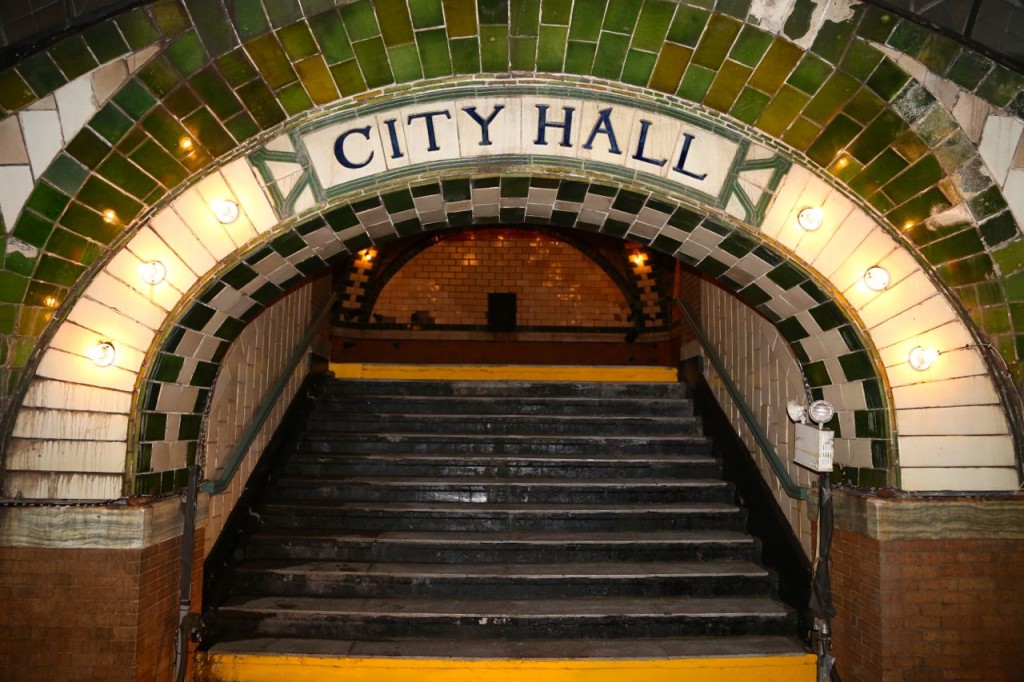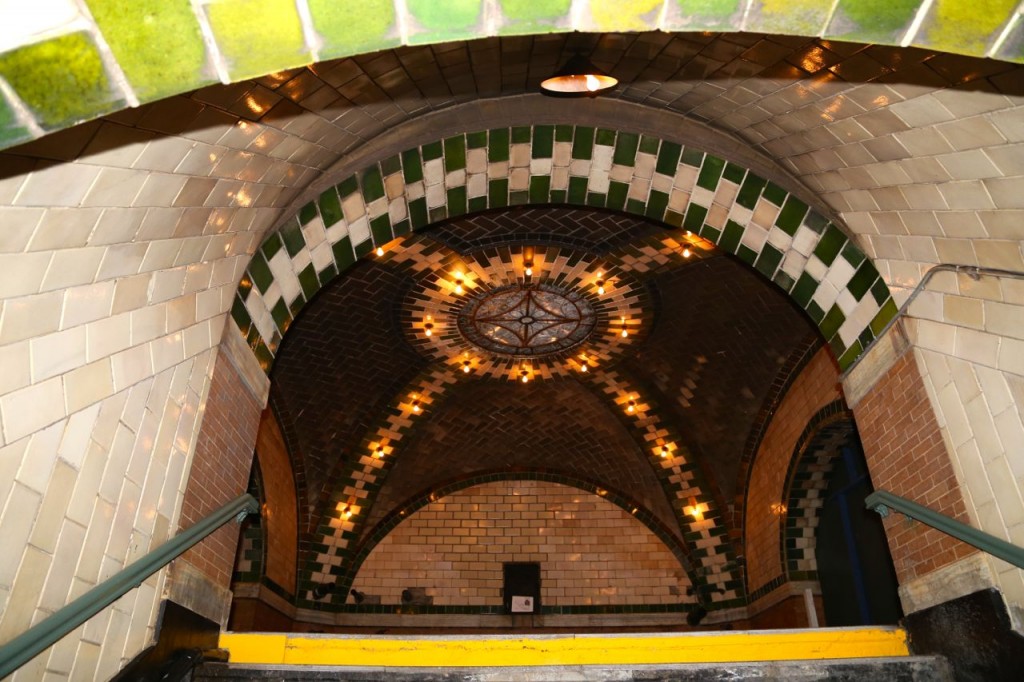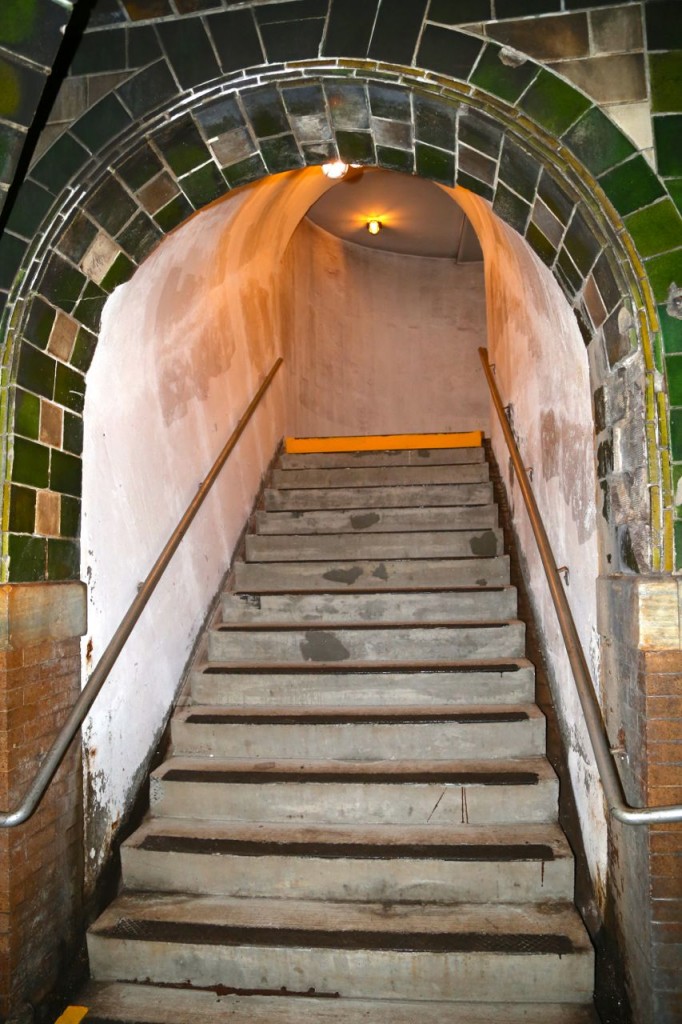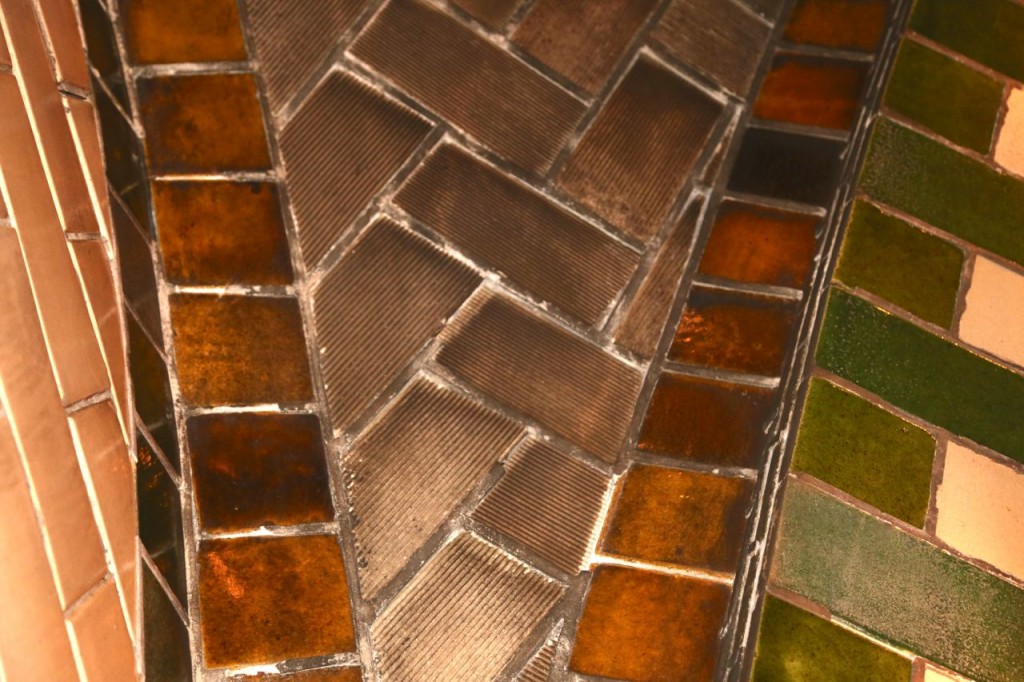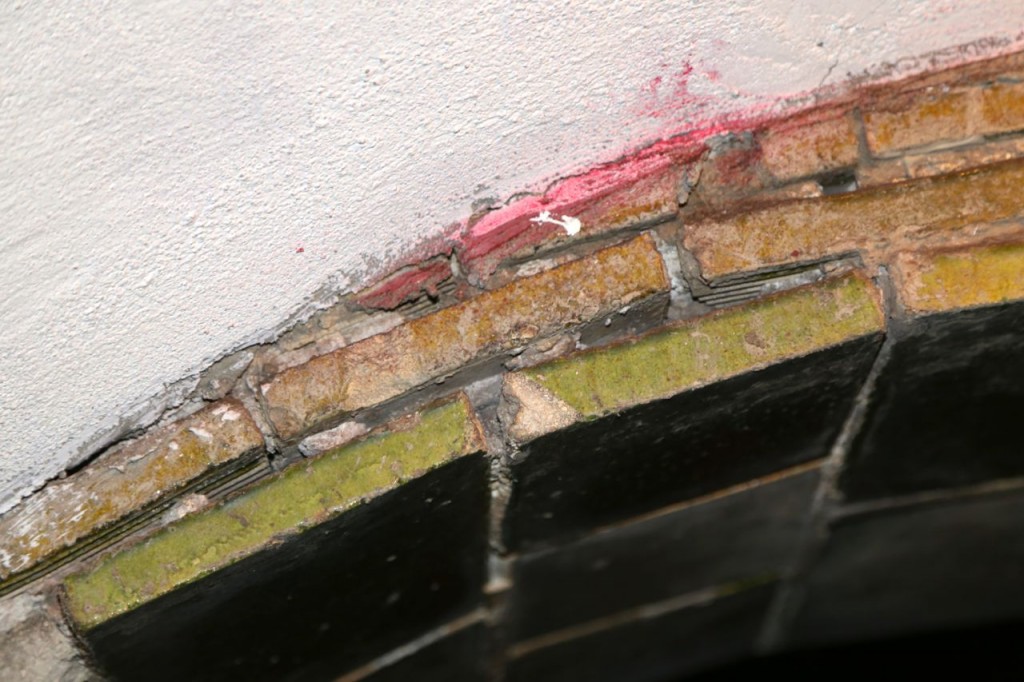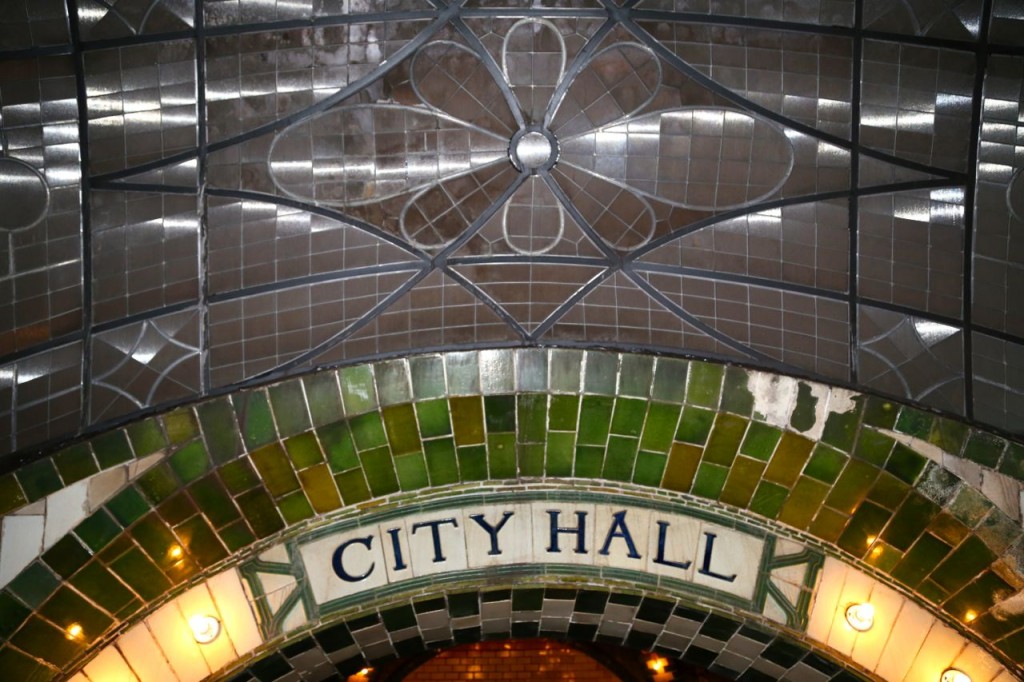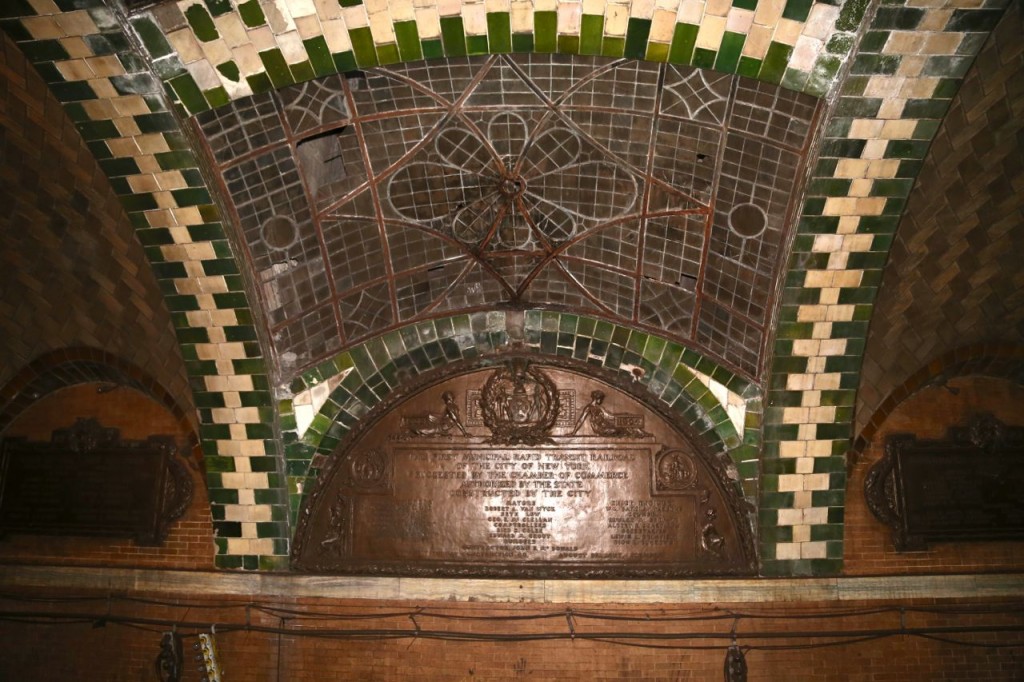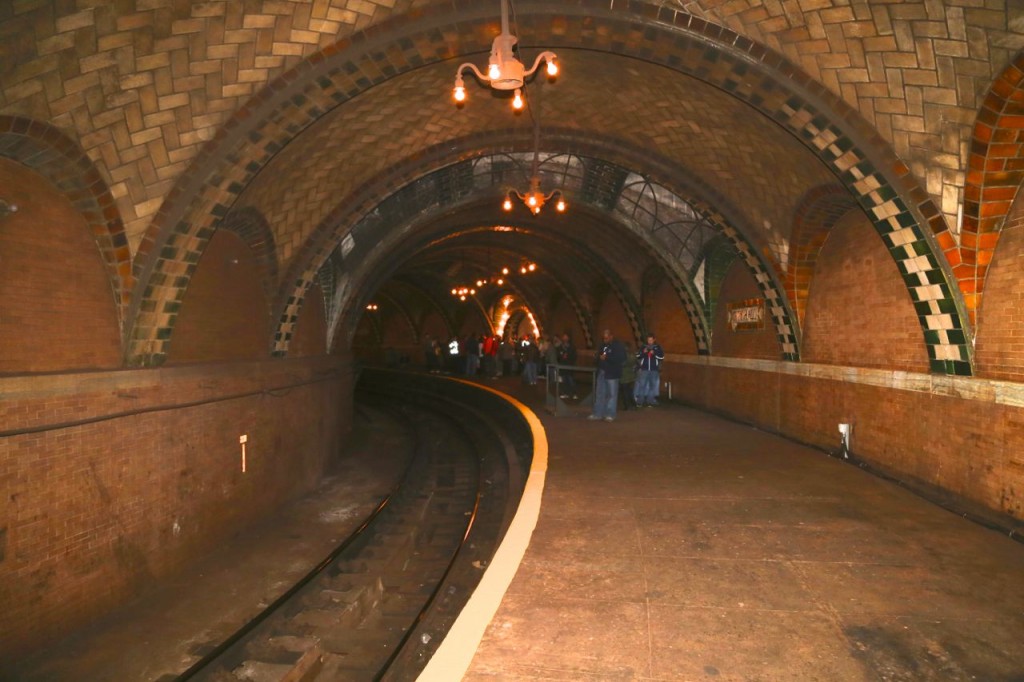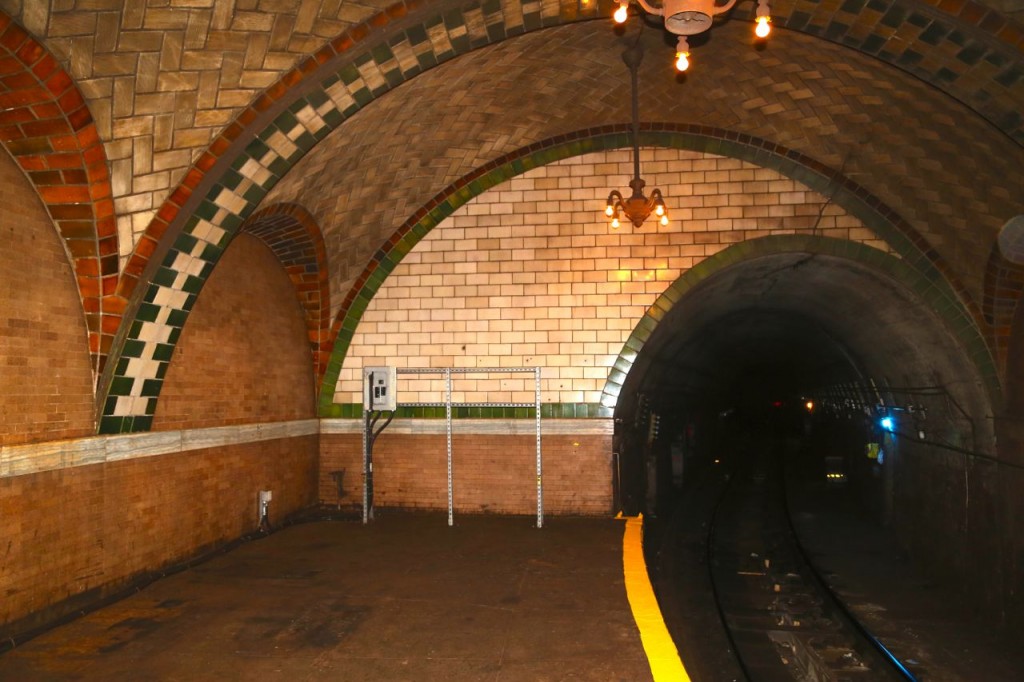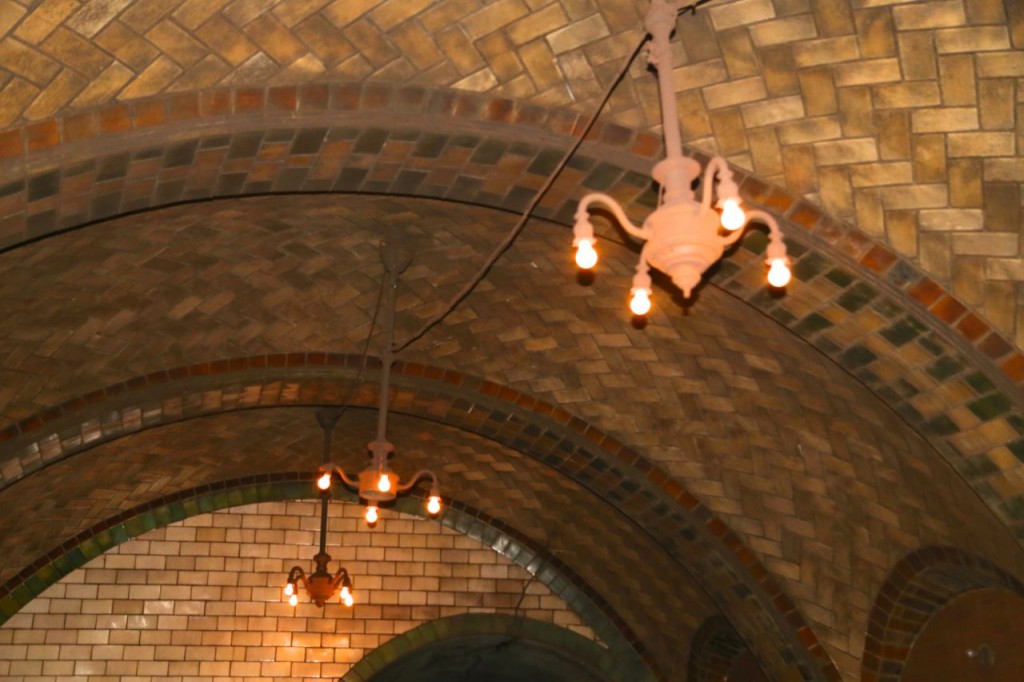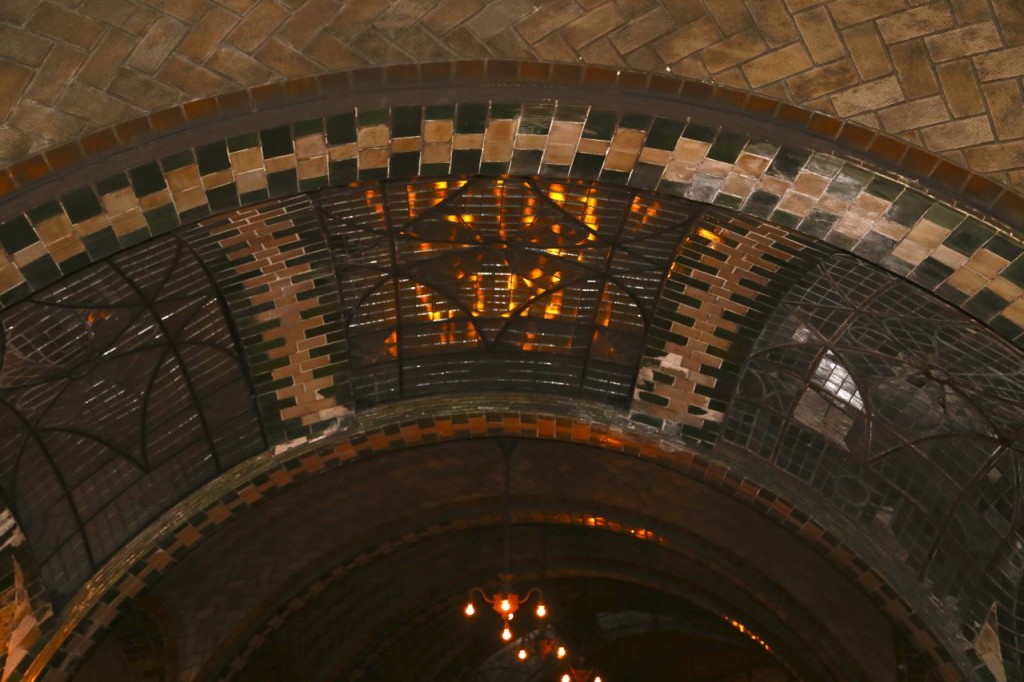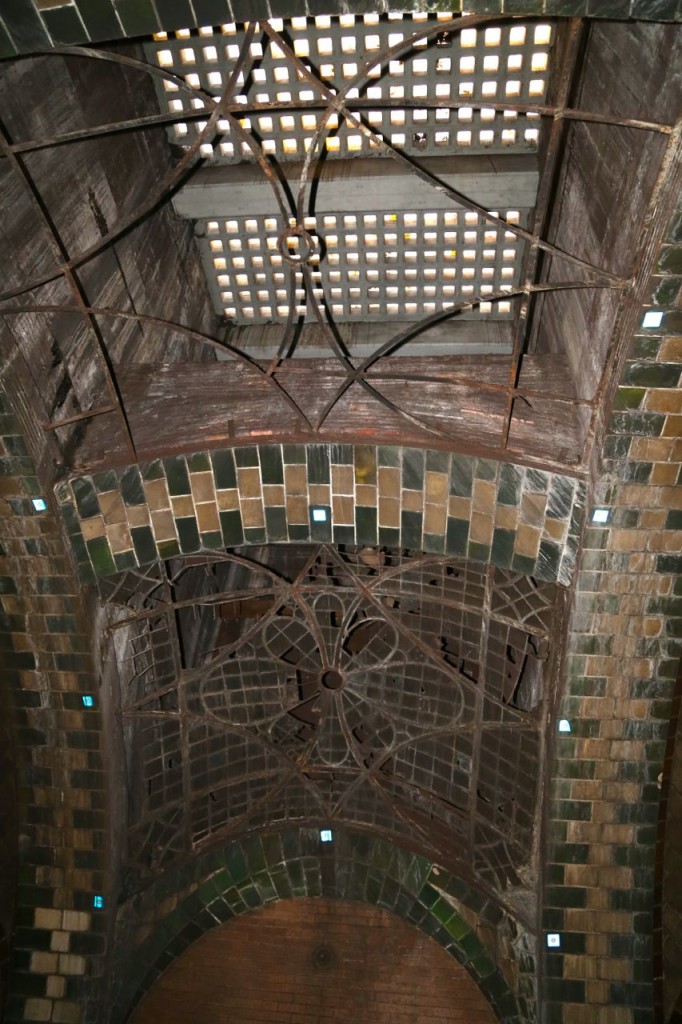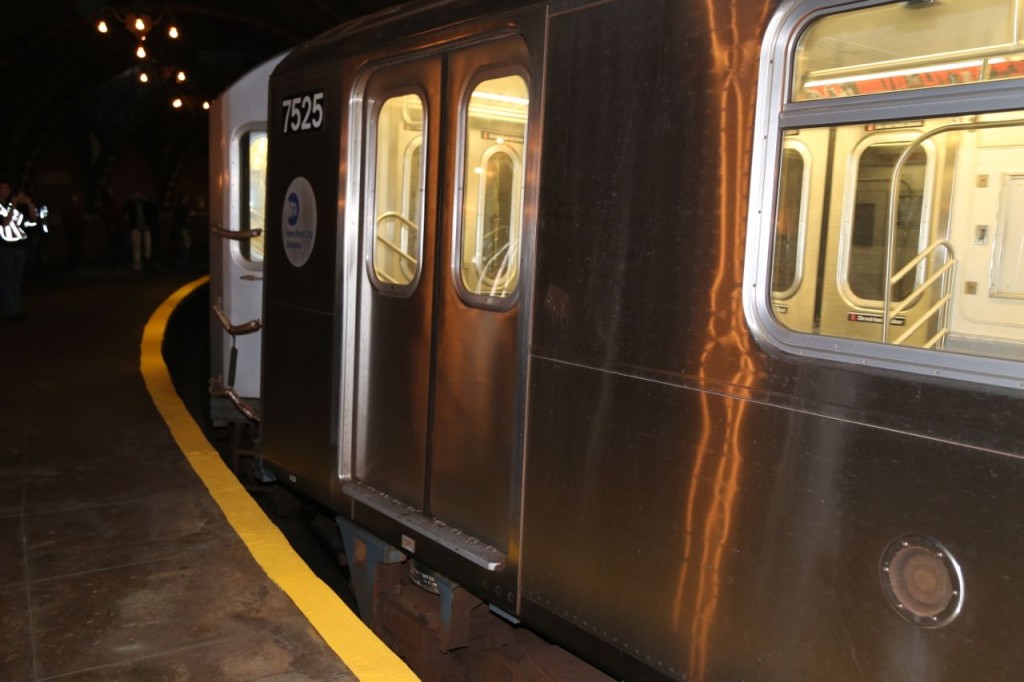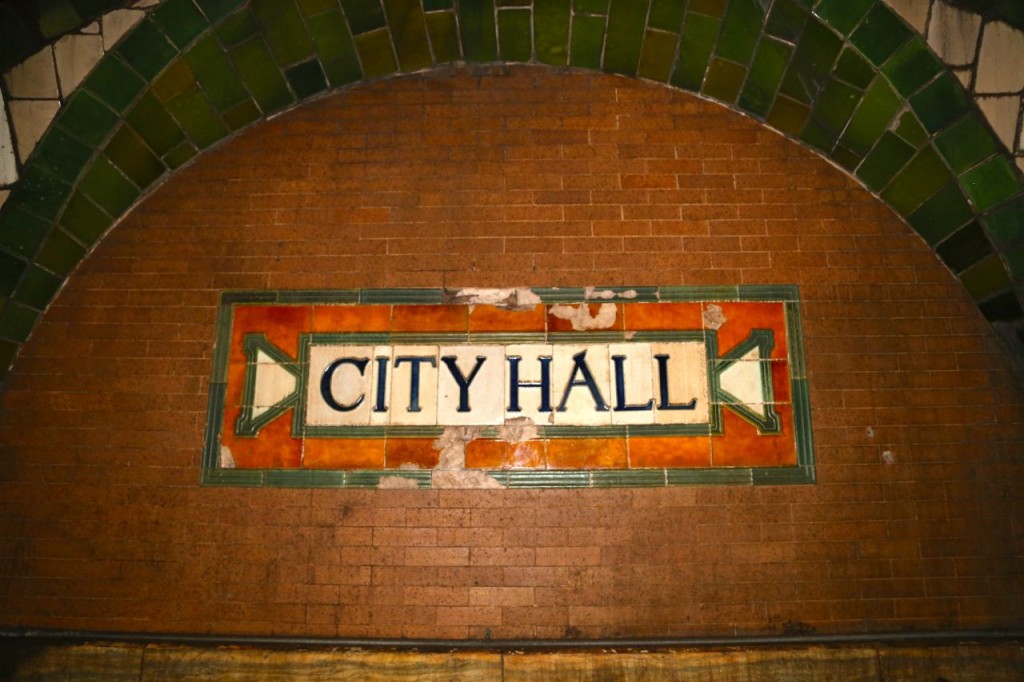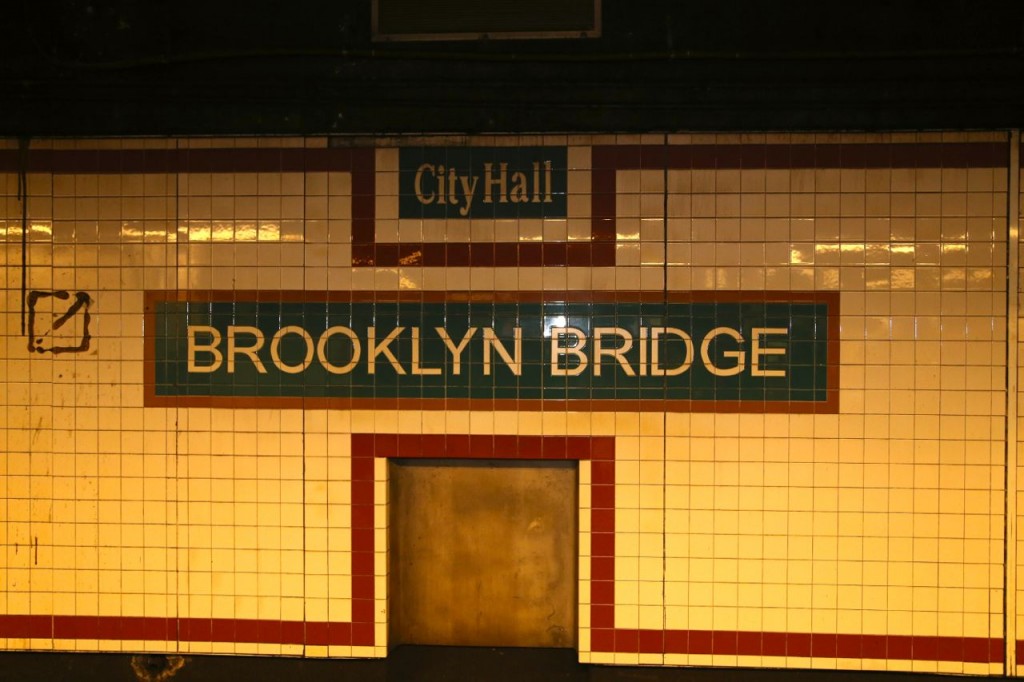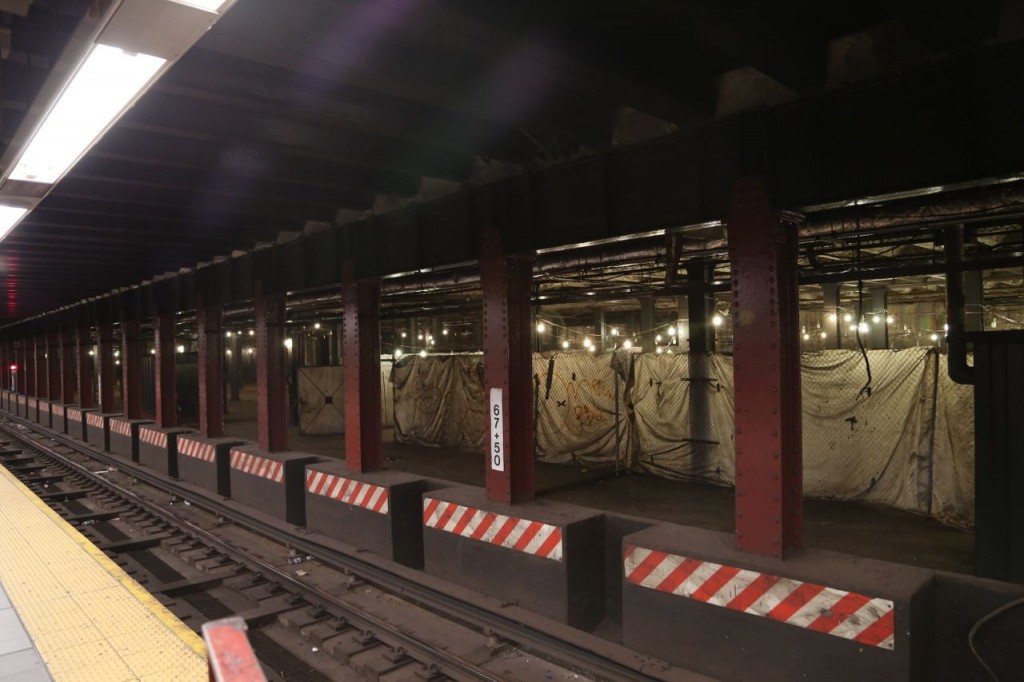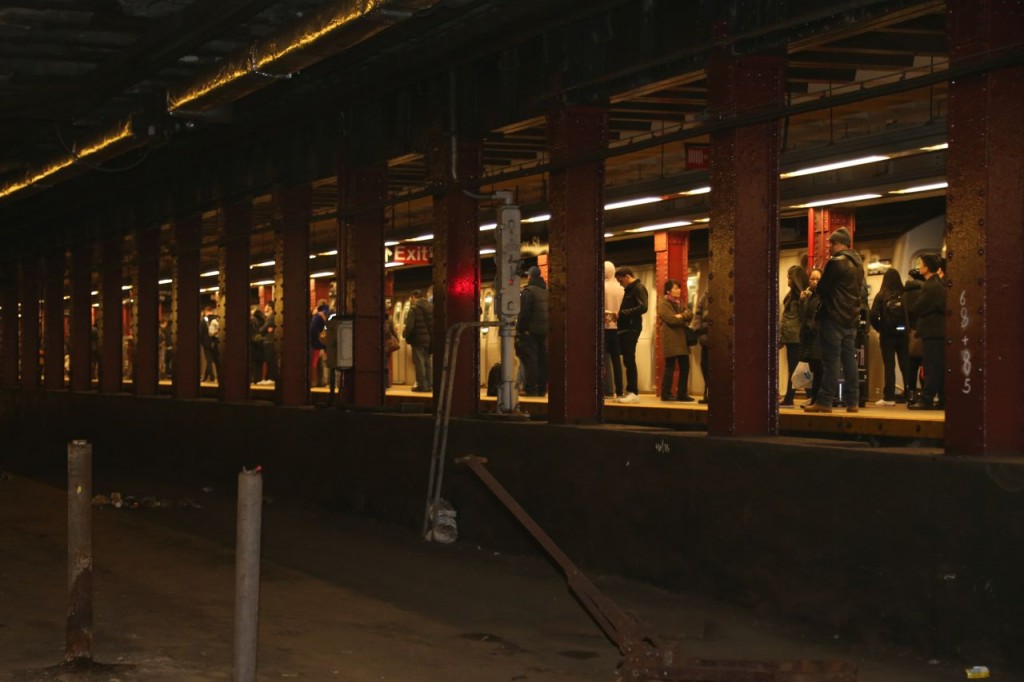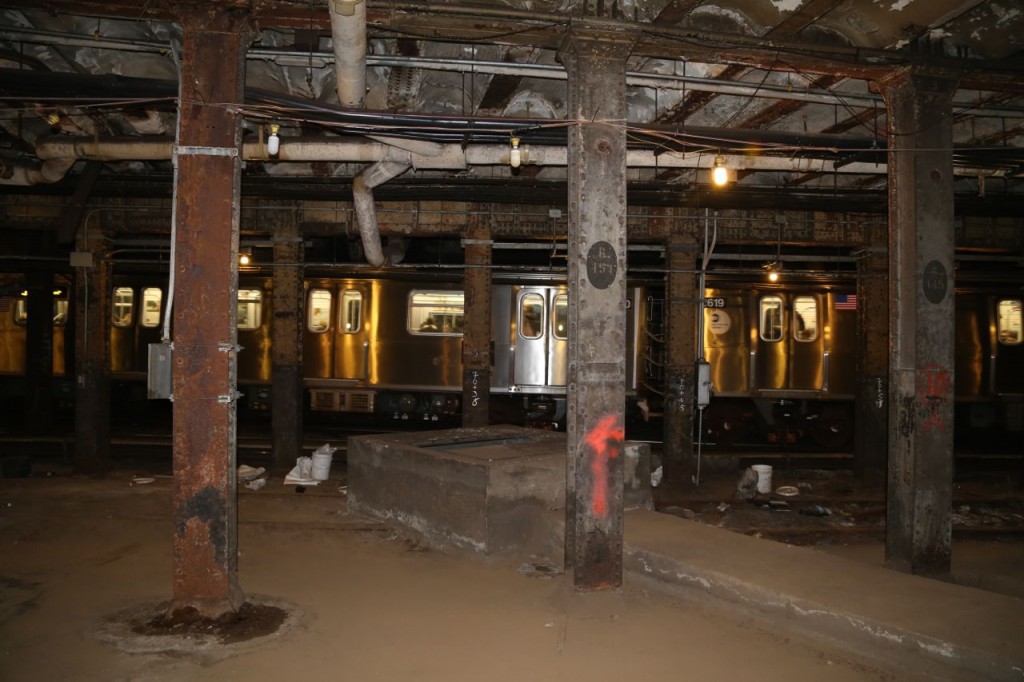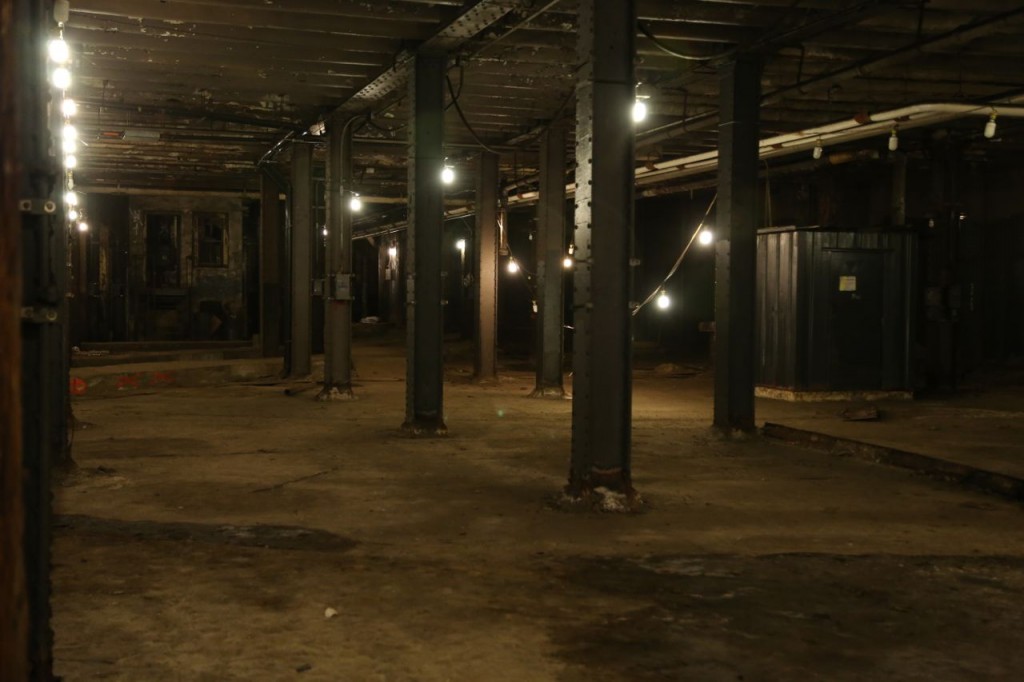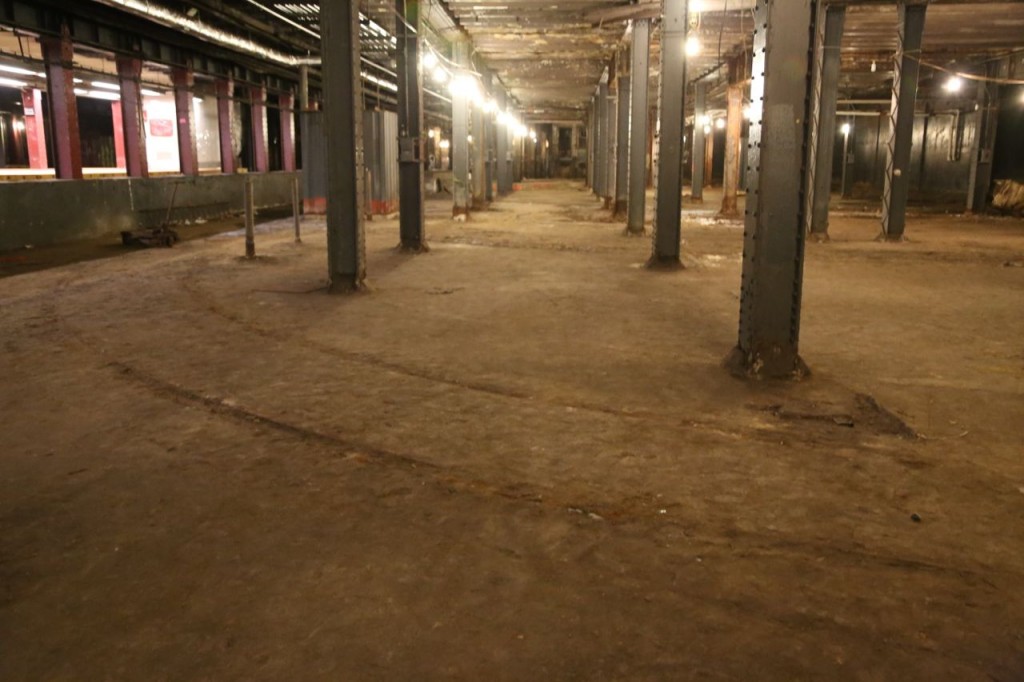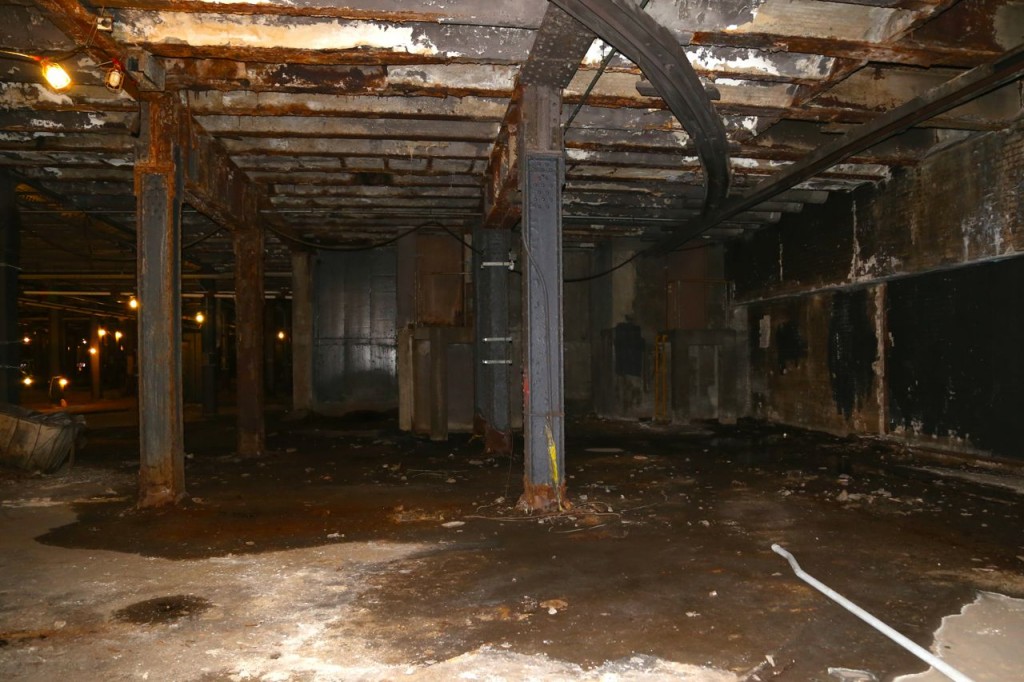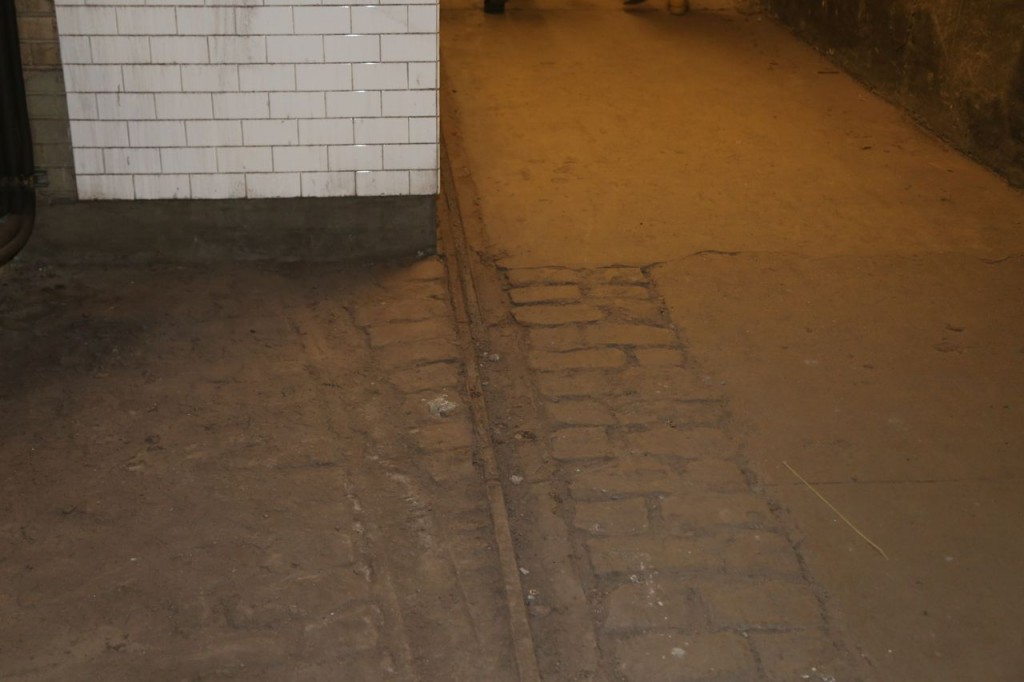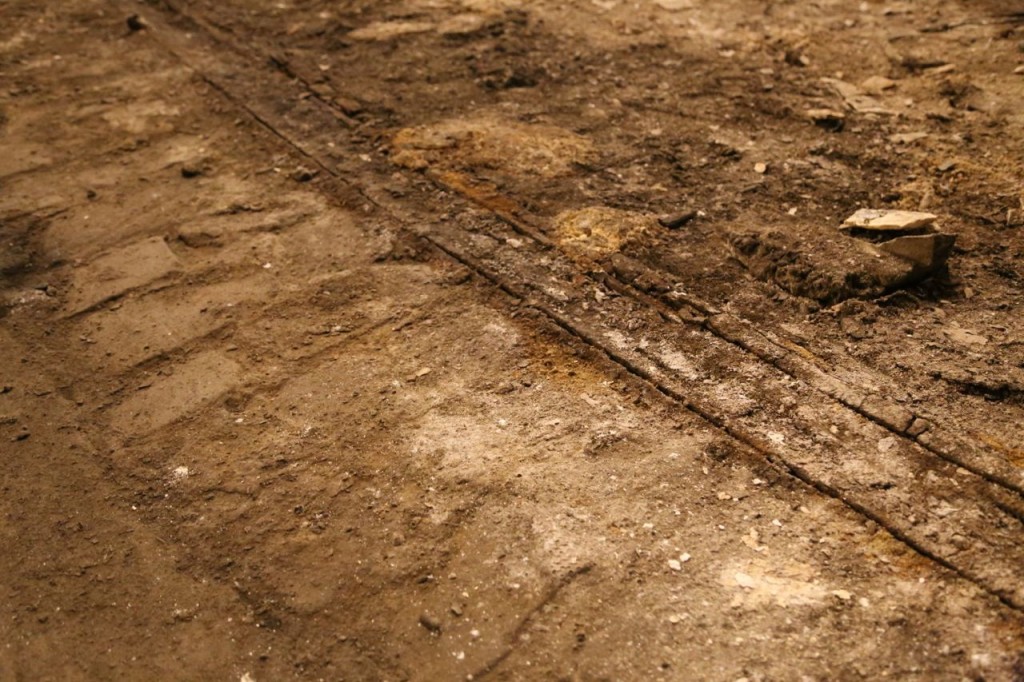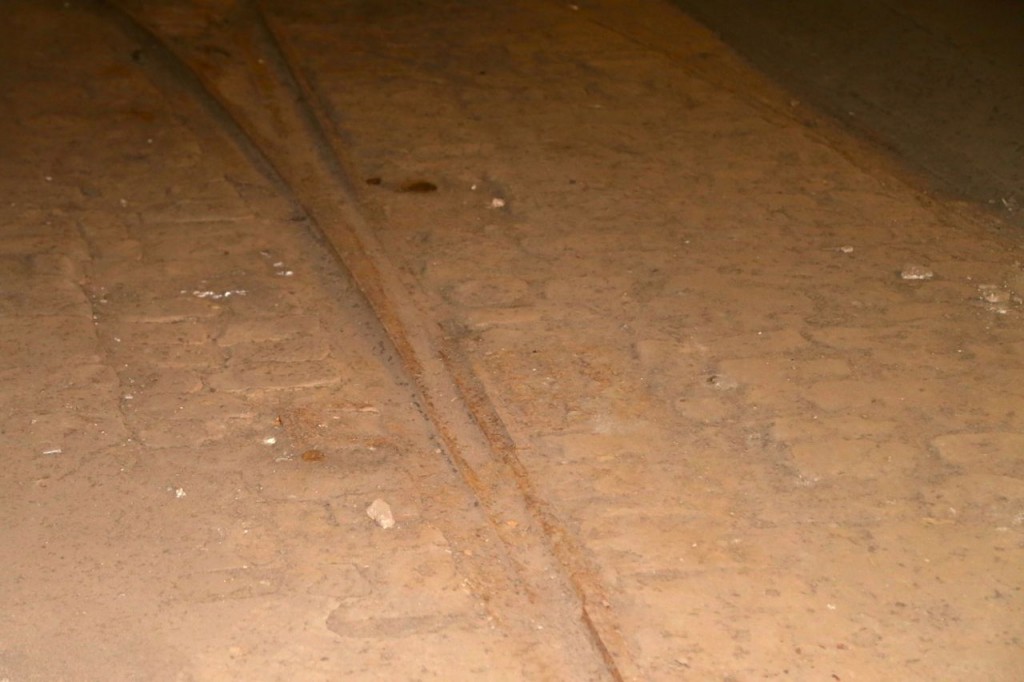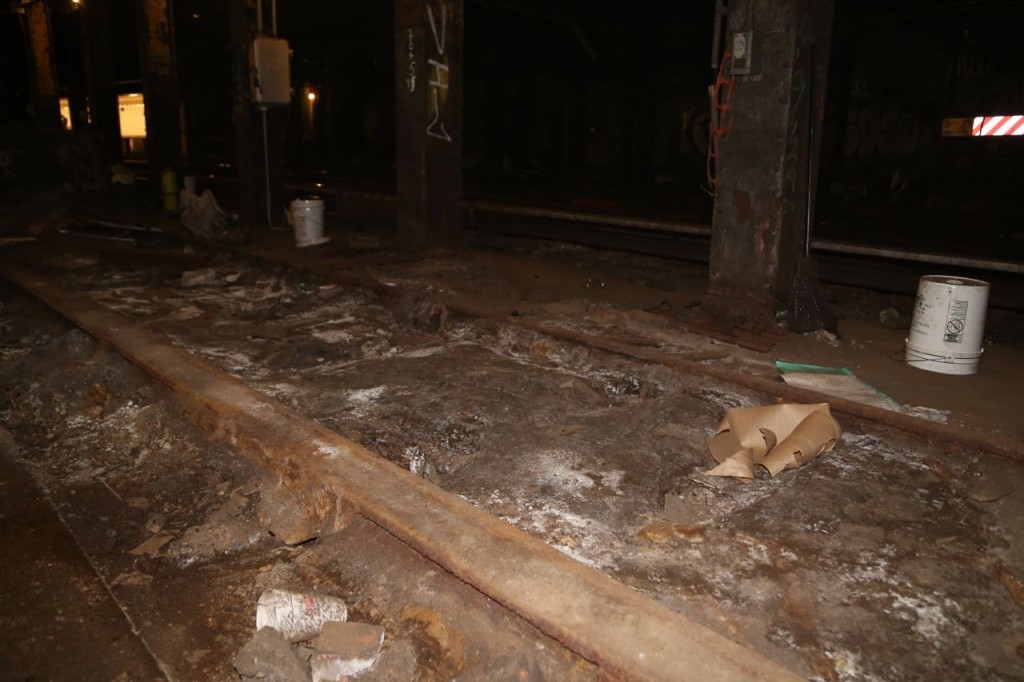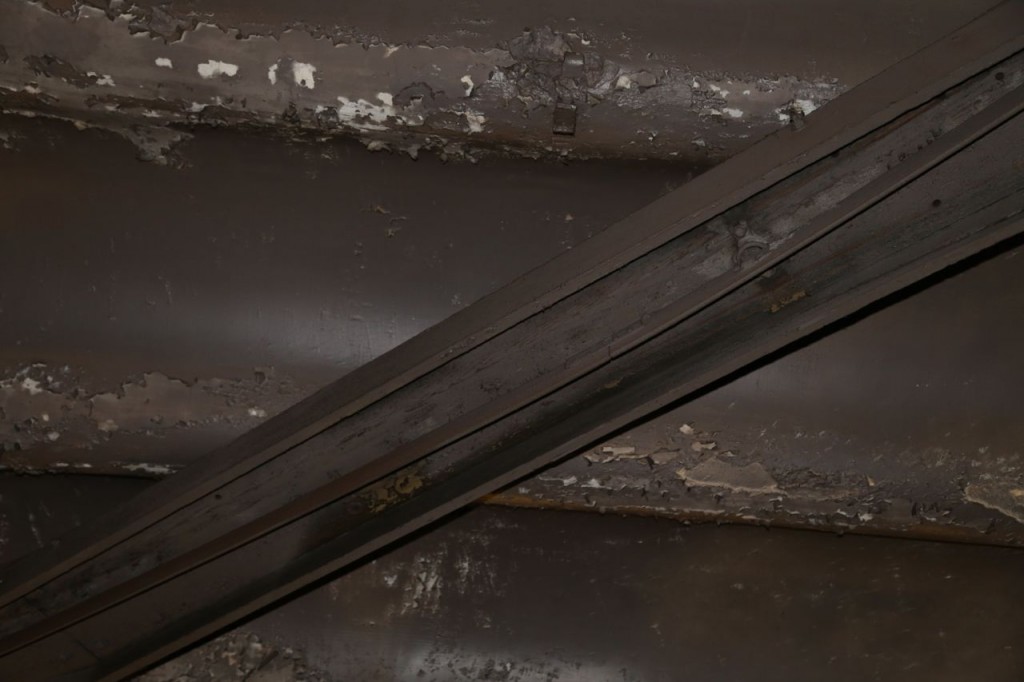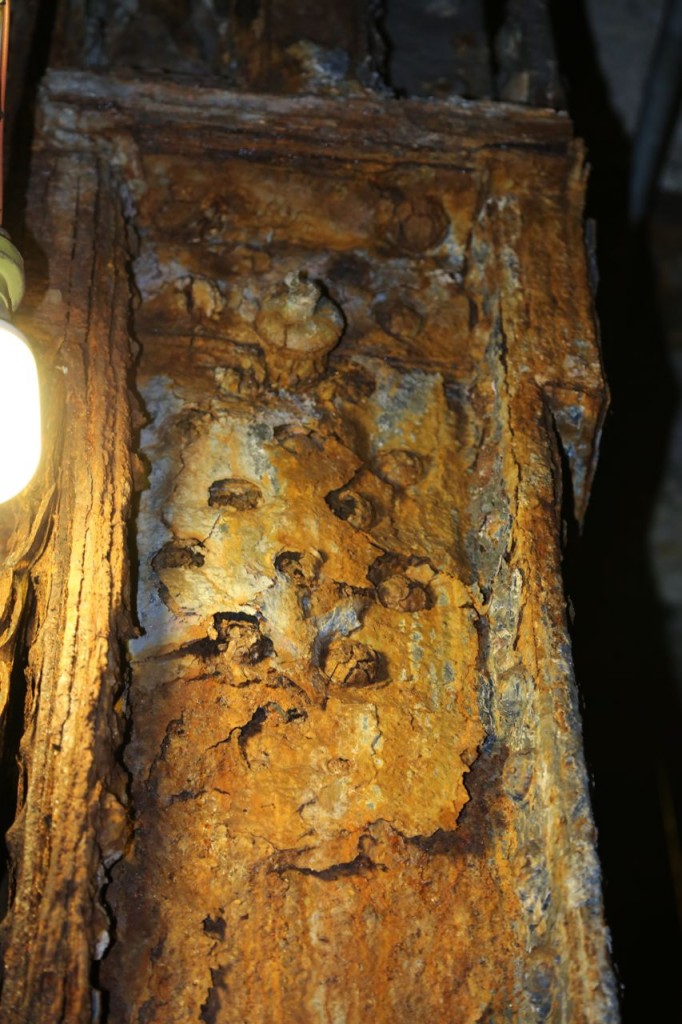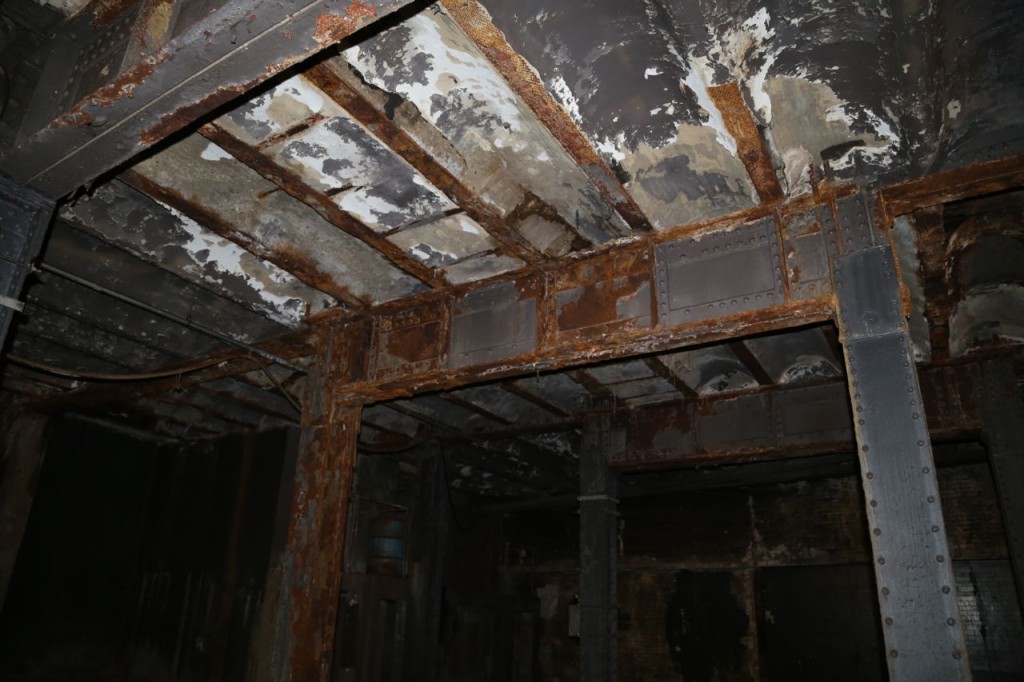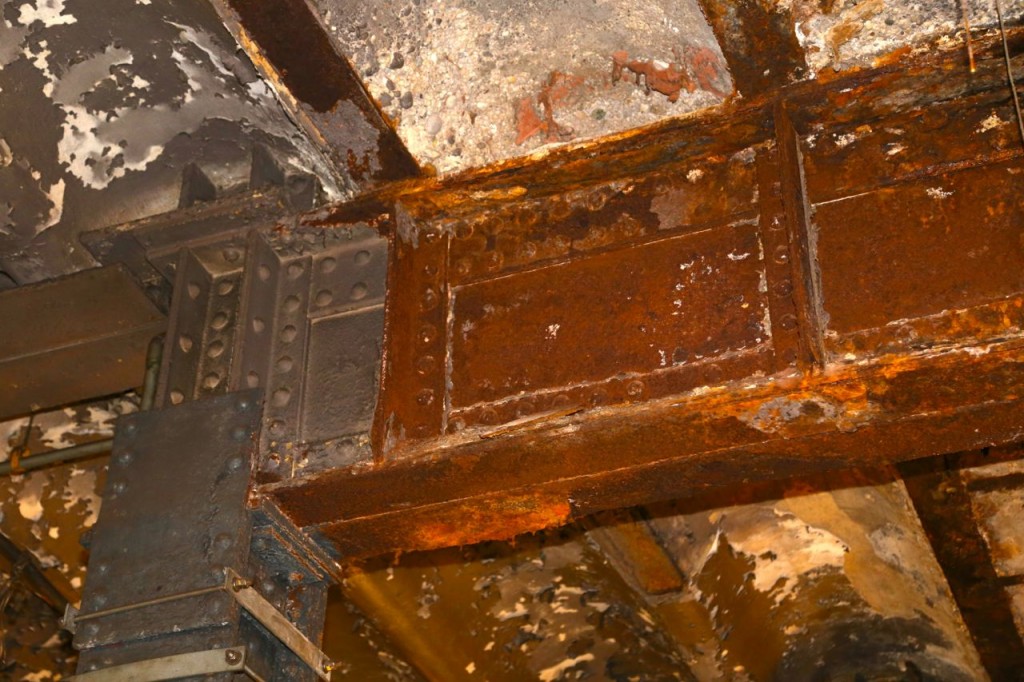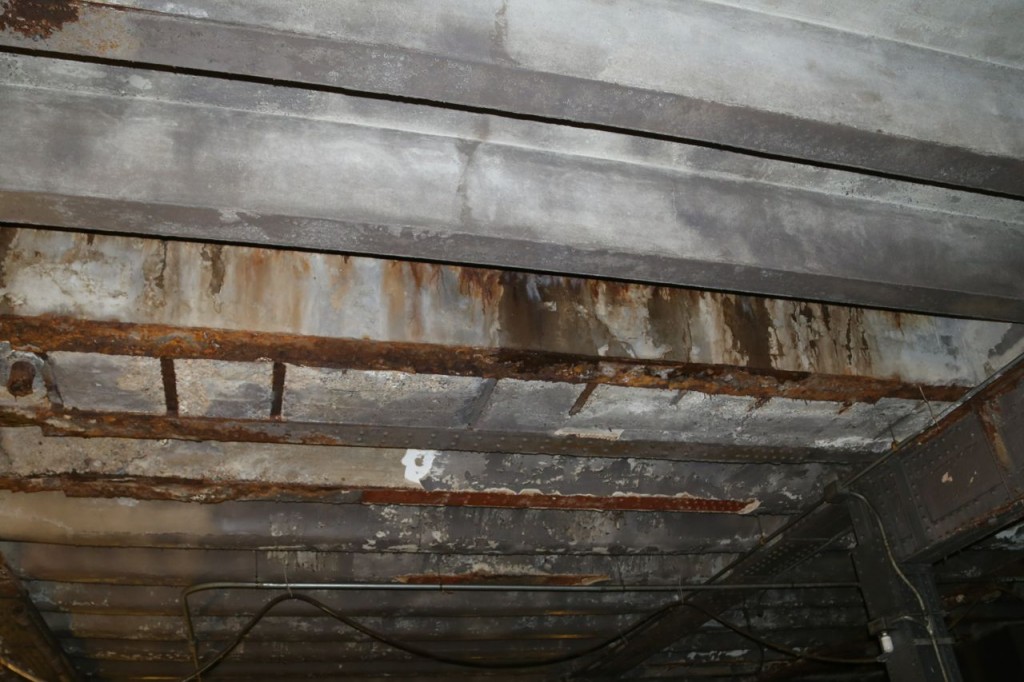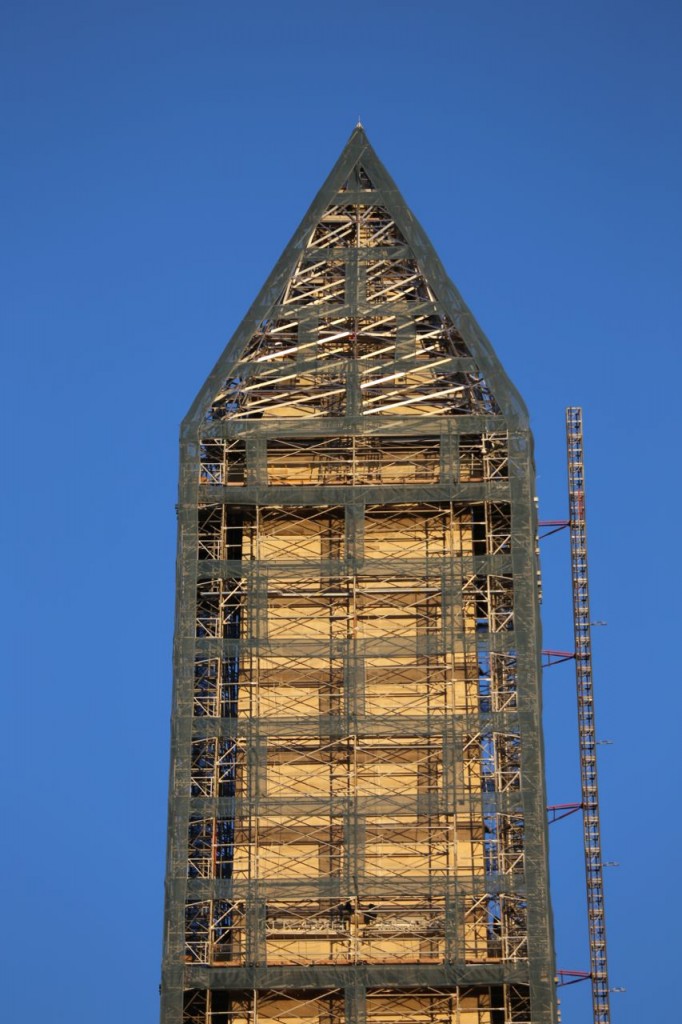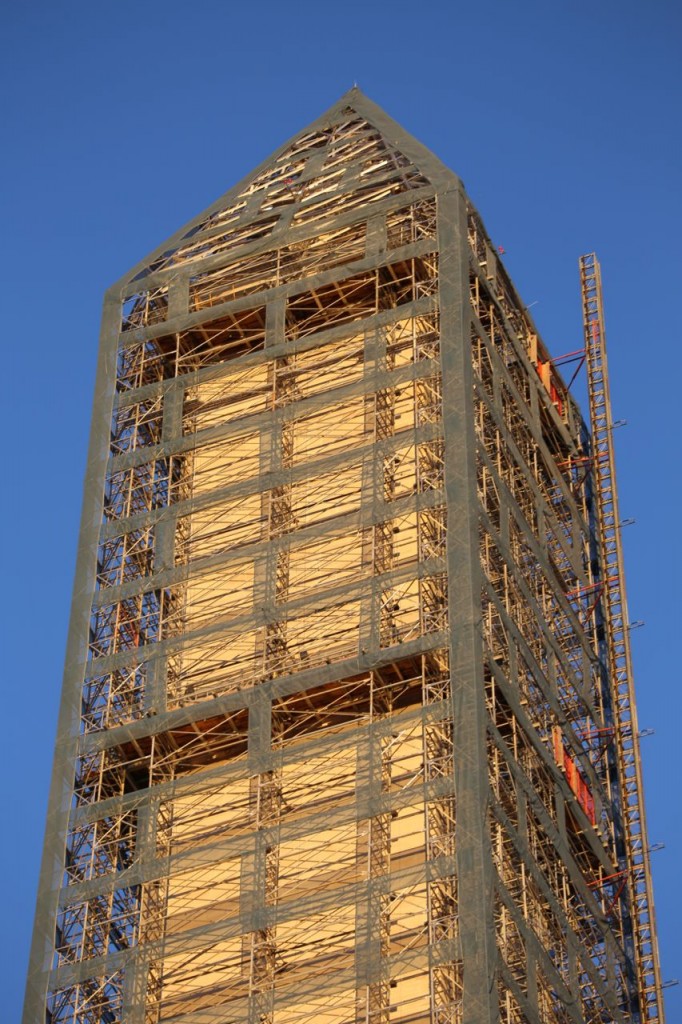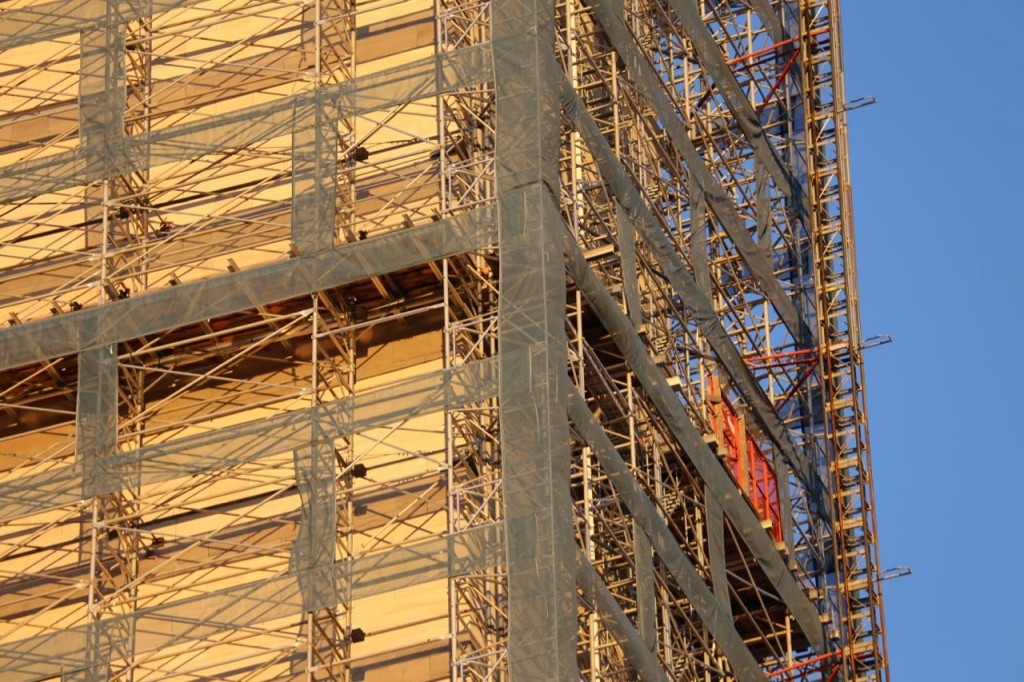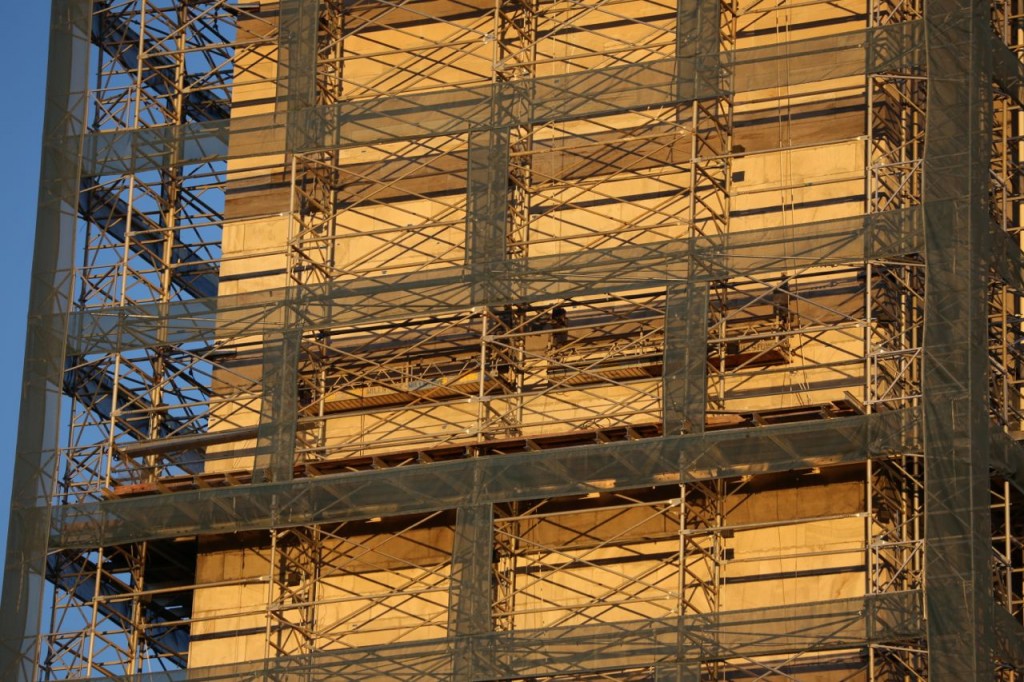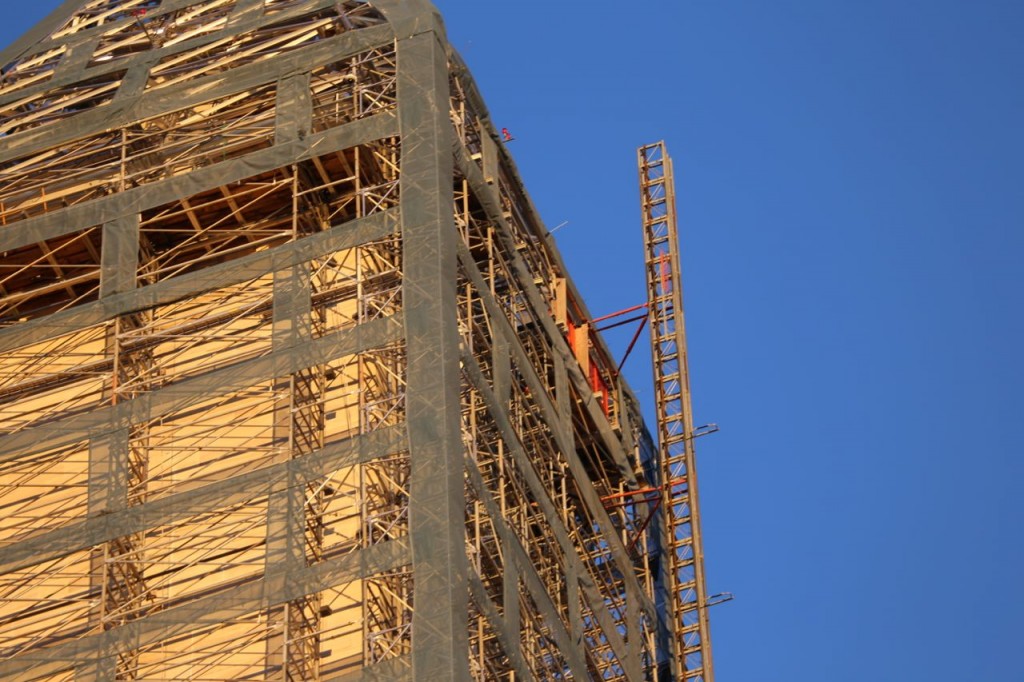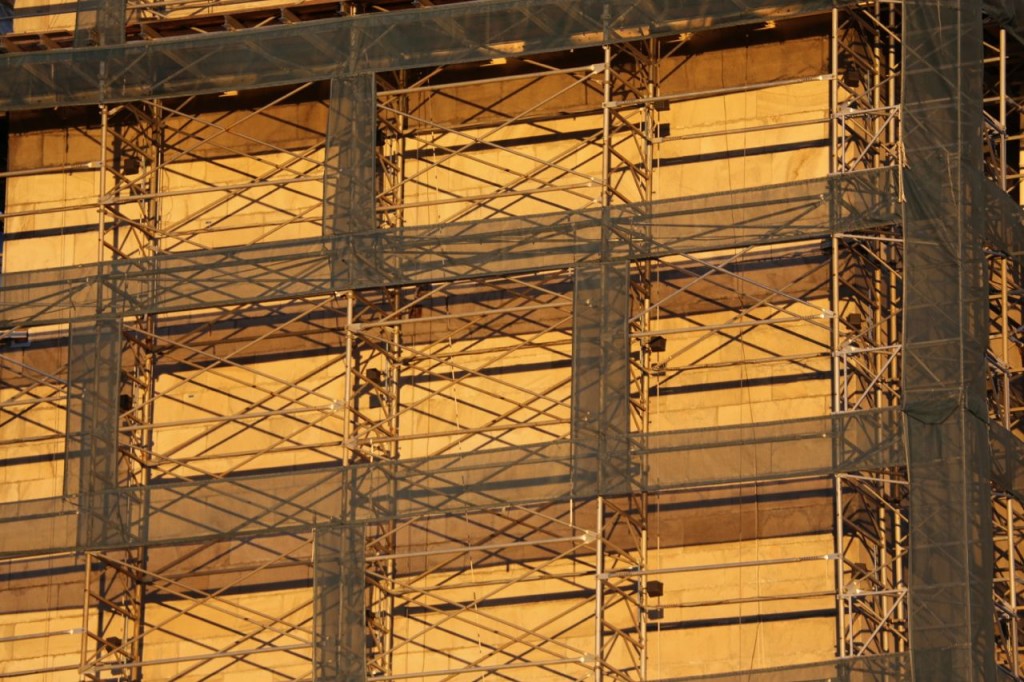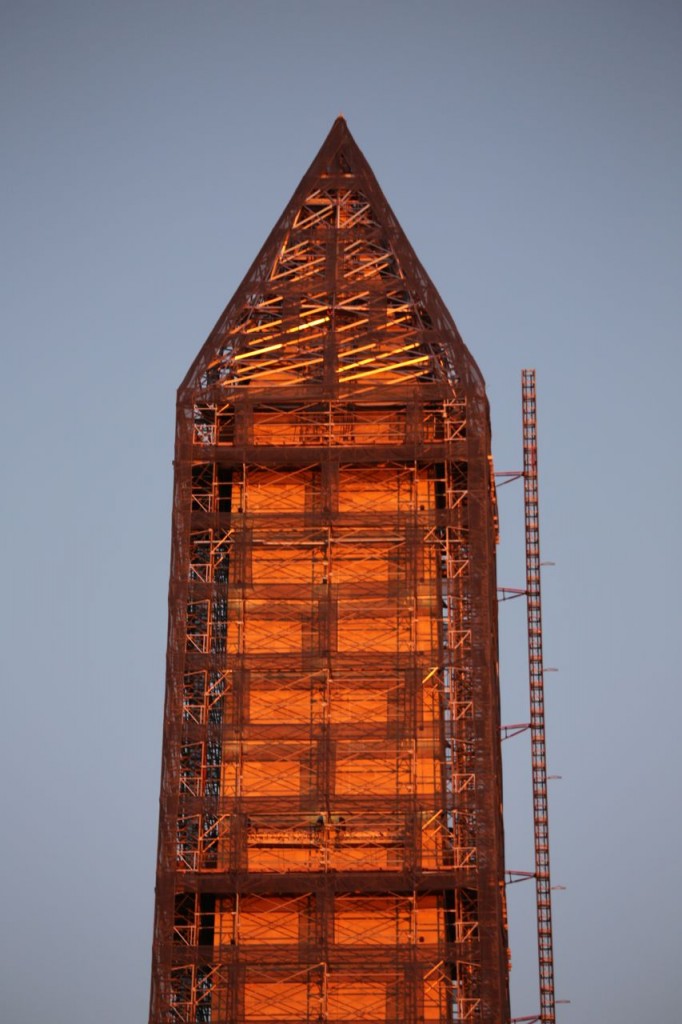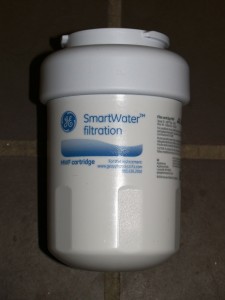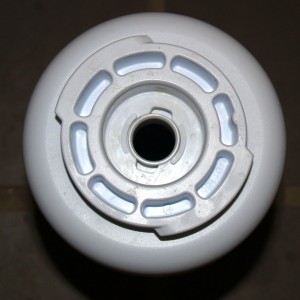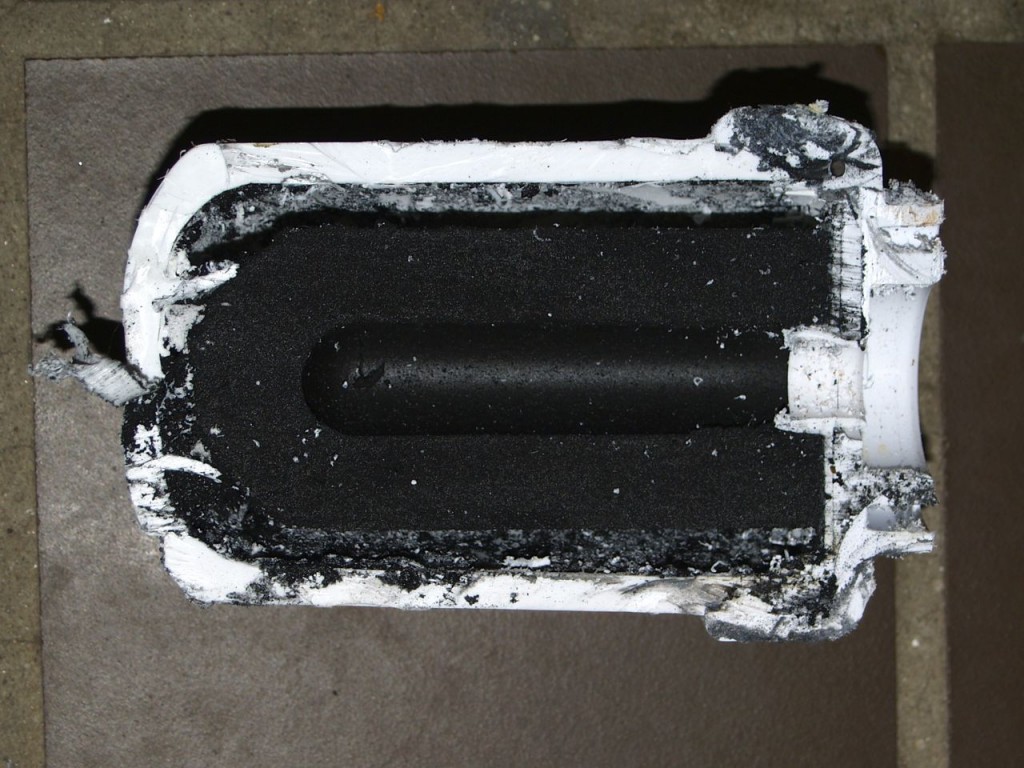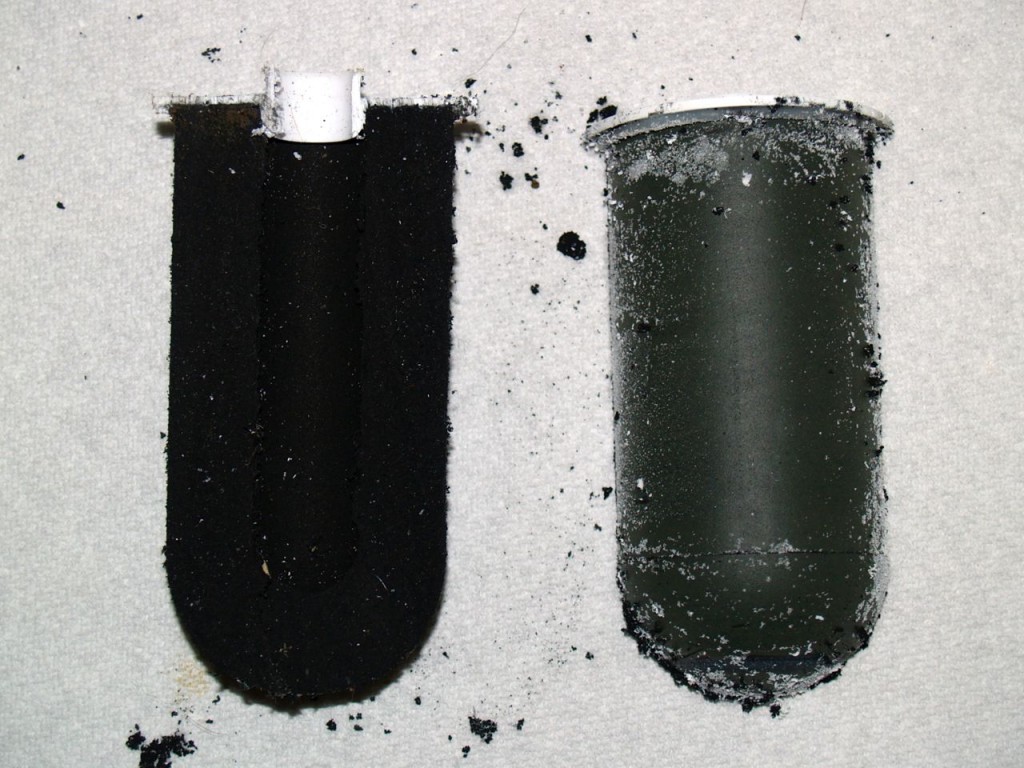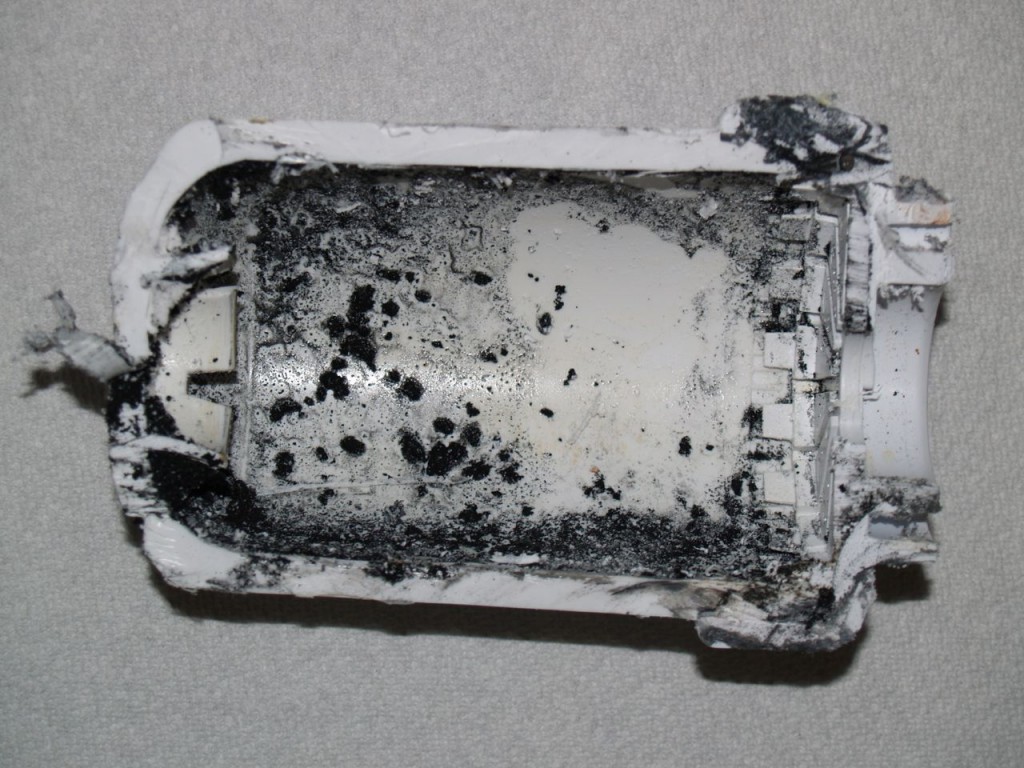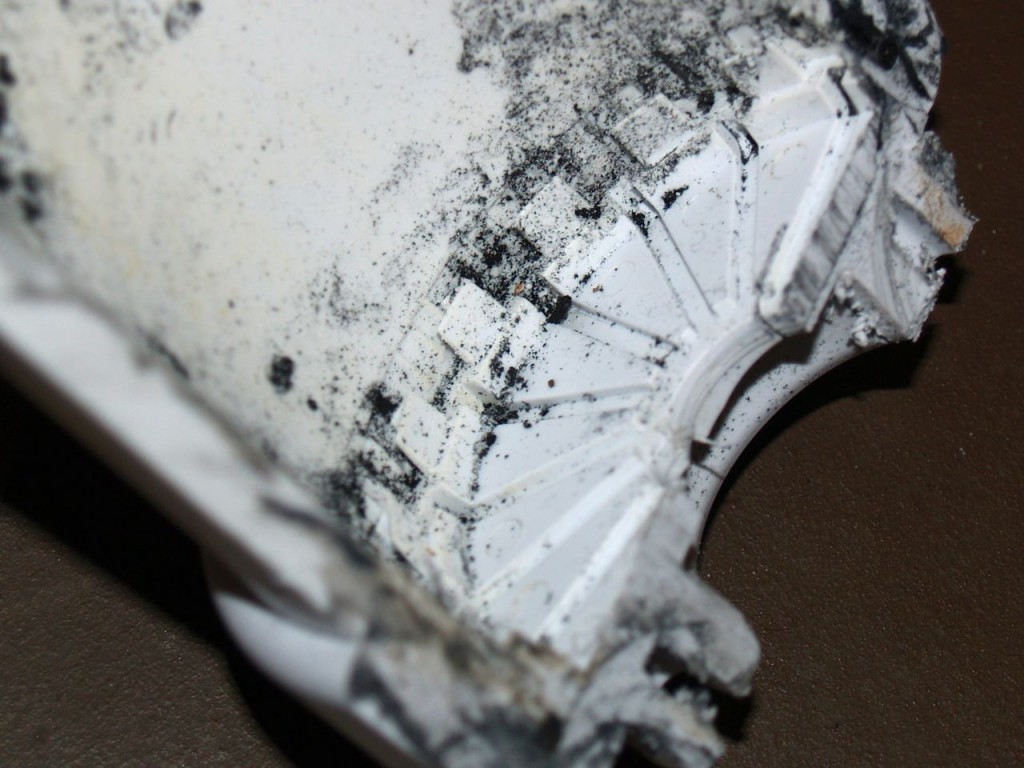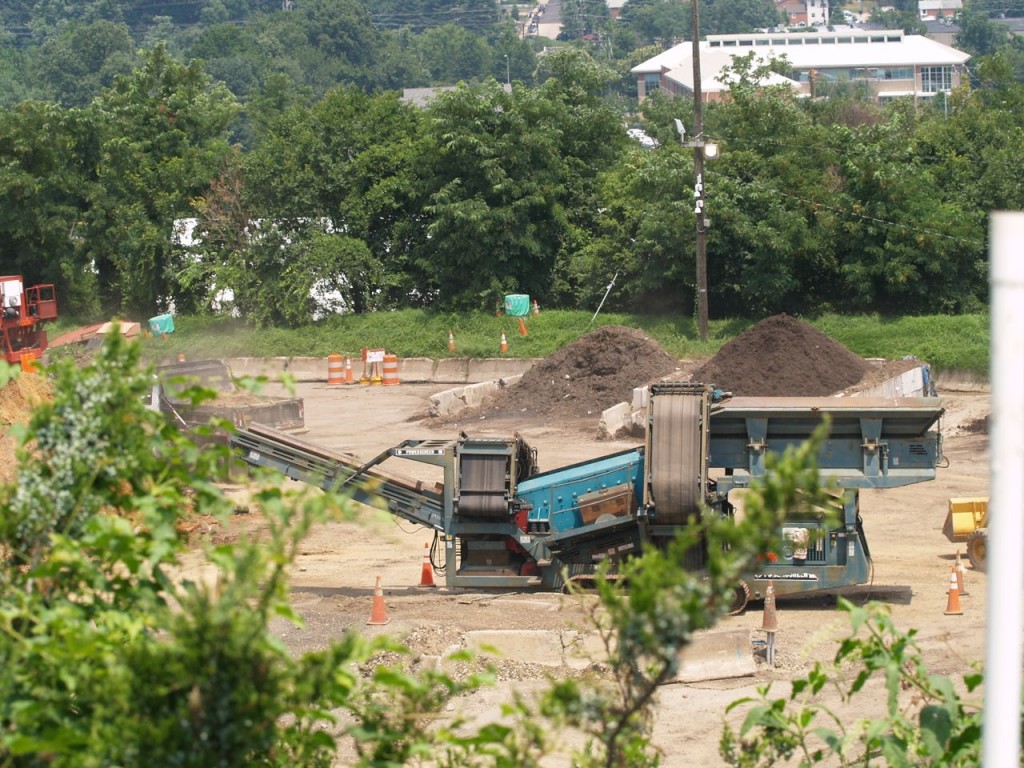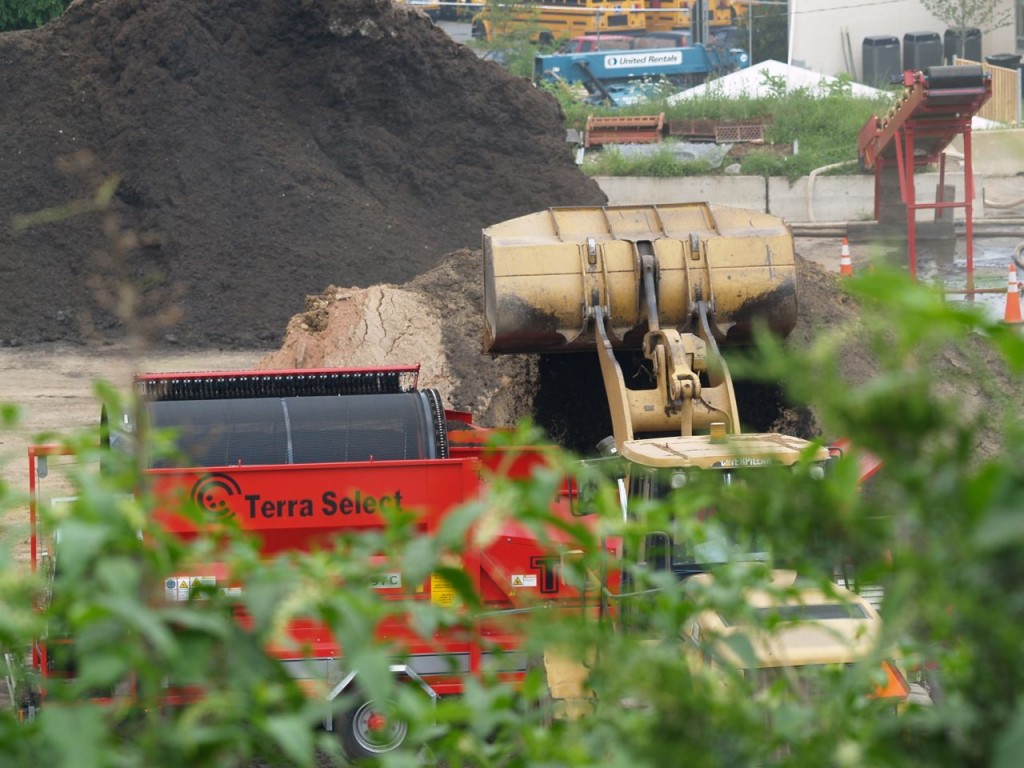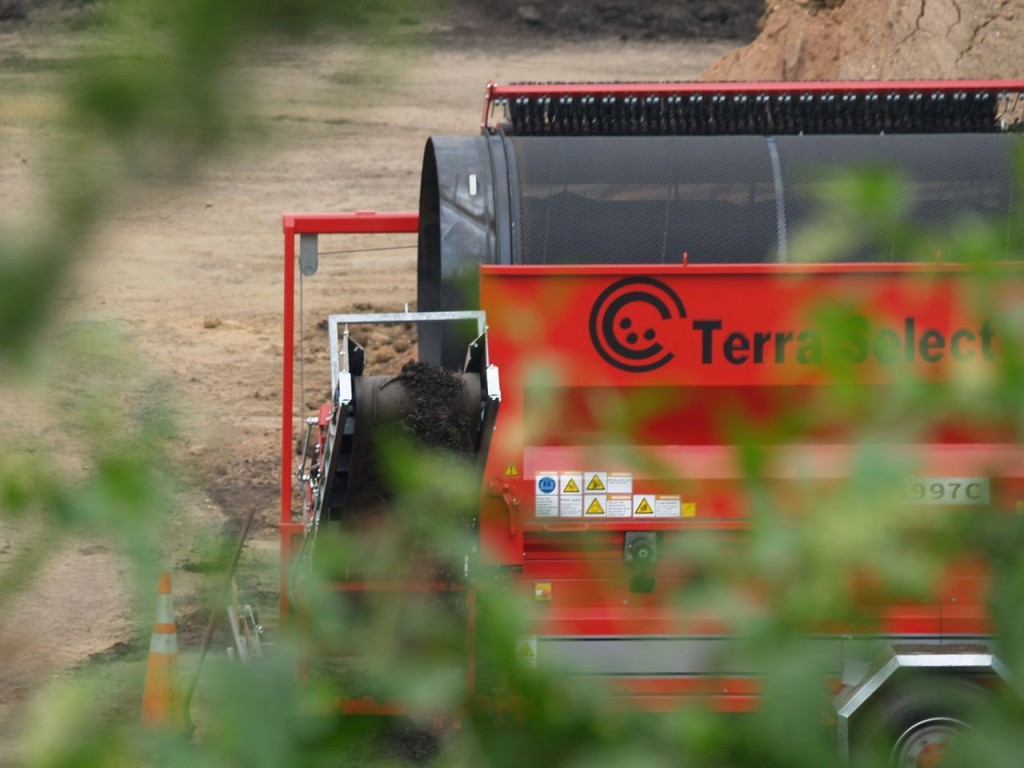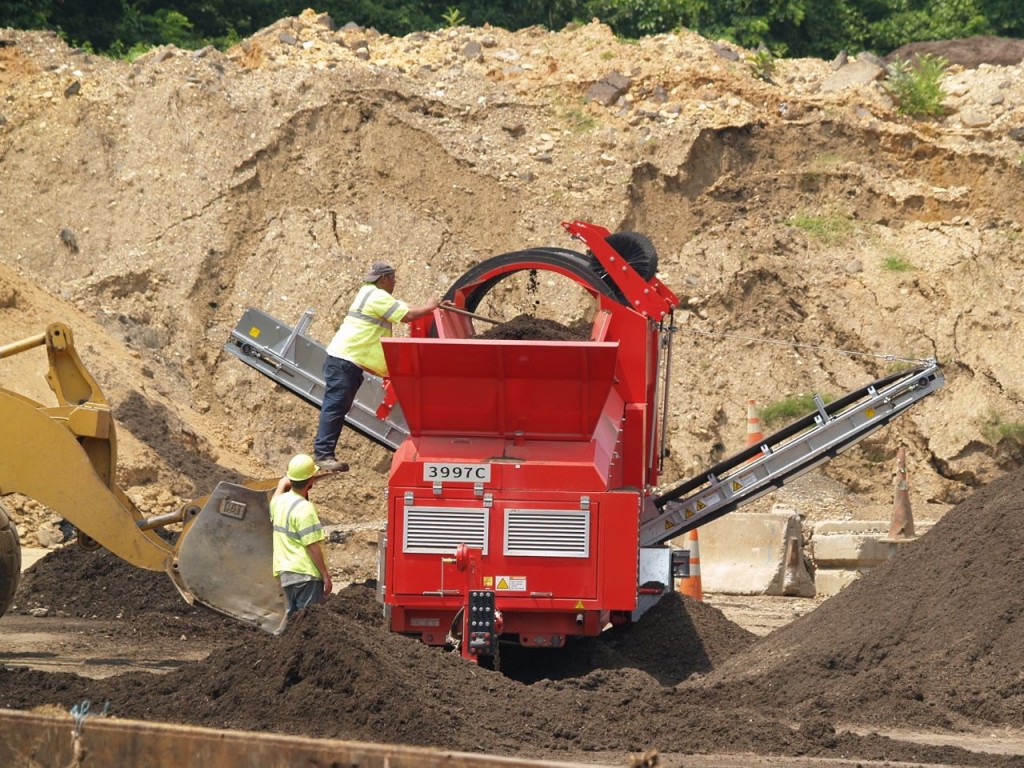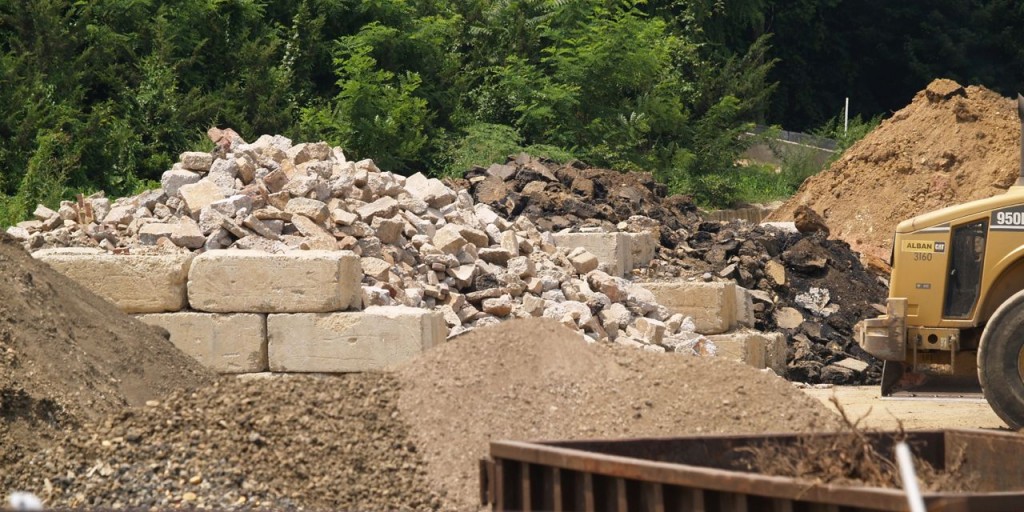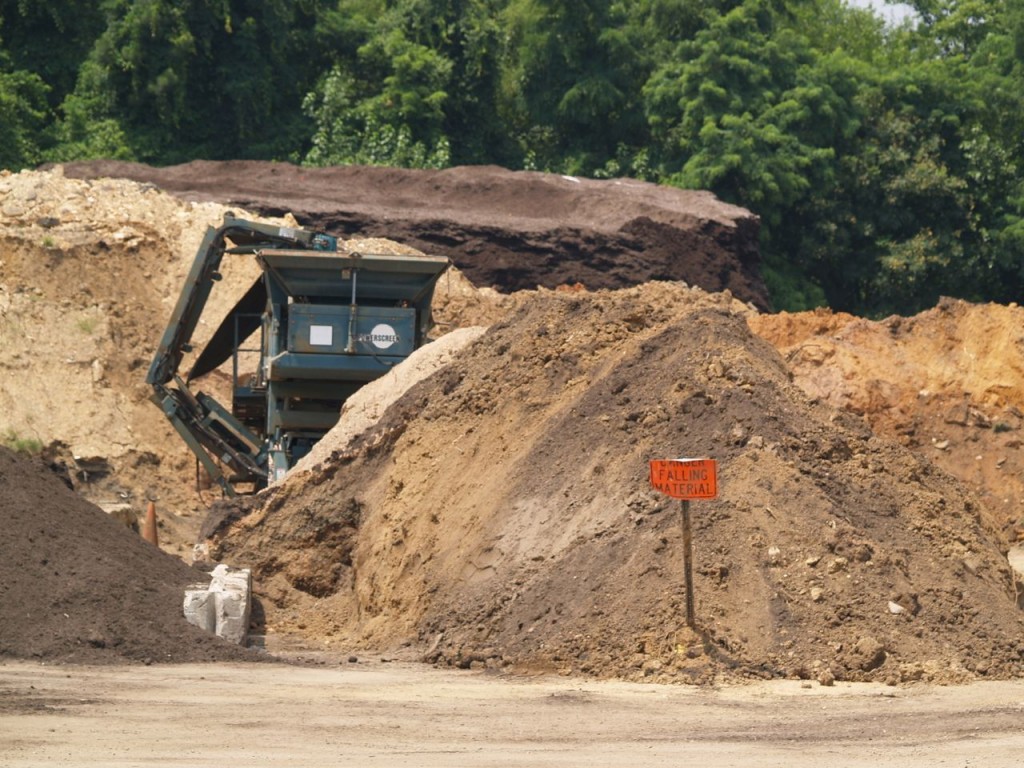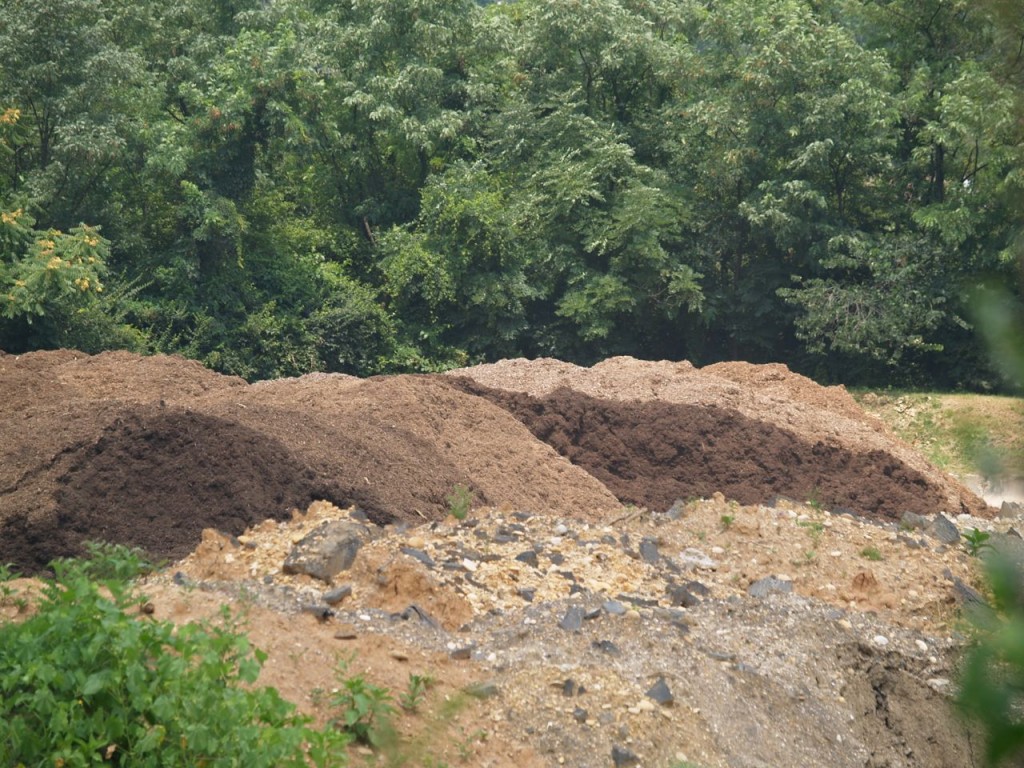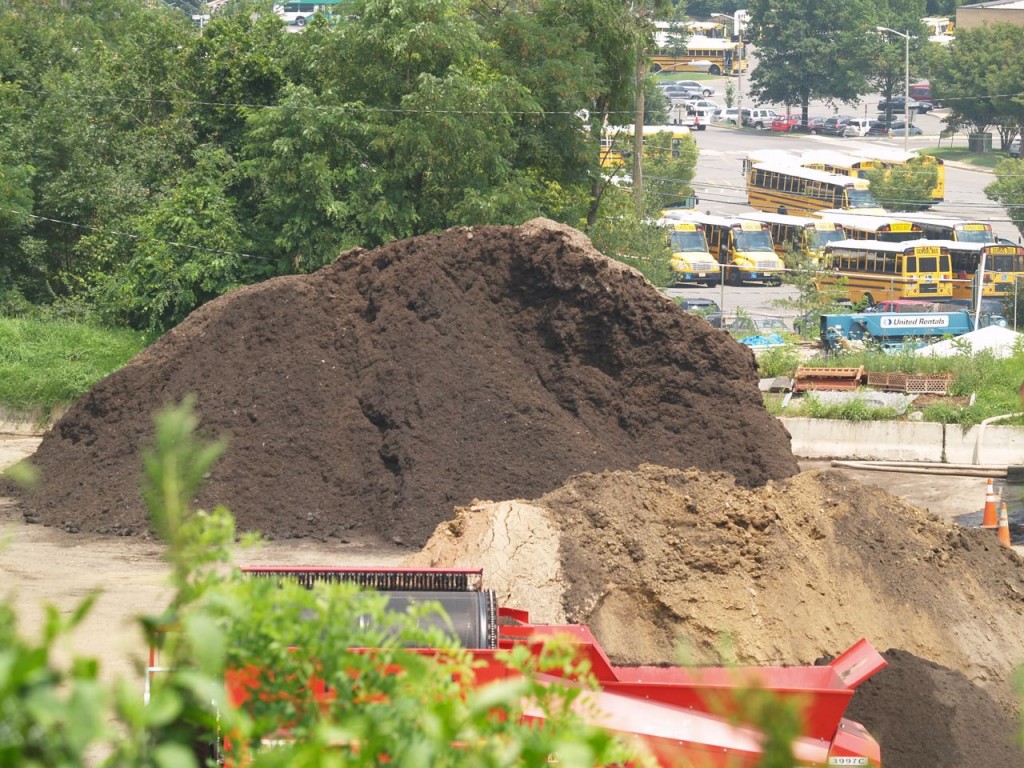The Washington Metropolitan Area Transit Authority (WMATA) has problems. Lots and lots of problems. They’ve had an ad campaign called “Metro Forward” for a while now trying to let people know how they are using the money that customers pay to improve the system and do much needed upgrades and renovations. The customers, including myself, want a reliable safe system, not a PR campaign though. Recently they have unveiled a few new ads that in most people’s opinions are sexist, stupid, and somewhat confusing. The ads consist of posters with either two men or two women talking. A few examples that I have been able to find:
Woman 1: “A Metrobus travels 8,260 miles between breakdowns. Didn’t know that, did you?” Woman 2: “Can we just talk about shoes?”
Man 1: “A Metrobus travels 8,260 miles between breakdowns. Didn’t know that, did you?” Man 2: “Can we just talk about sports?”
Man 1: “When we take Metrobus, do you think we’ll get to ride the new 32-foot Orion model, or the latest Xcelsior model?” Man 2: “Dude, it’s a bus.”
Woman 1: “I love the way the tamping process aligns and elevates the rails for Metro, don’t you?” Woman 2: “I have no idea what you just said.”
Man 1: “So Bobby, did you catch all those new rail fasteners on Metro today?” Man 2: “No Billy, not so much.”
So WMATA, I’d like to speak to you as a woman and as an engineer. First, the last two ads that I have listed, about the tamping process and rail fasteners, I don’t even understand these. I have a vague understanding what these mean, and if I bothered to spend time on the internet researching, I have no doubt I would understand it better. However the average customer is not going to know what this means, and quite frankly, nor should they be expected to know. Furthermore, these posters seem to insinuate that there is something wrong with them because they don’t know. If things work properly in engineering and technology, people never know how things work, and there is nothing wrong with that. It is only when people’s ignorance of how things work can mess up a system, that engineers really care that they are ignorant. [Example, people who pour grease down the drain and not understanding the problems in the wastewater pipes to which this can lead.]
As for the ad where Man 1 asks which type of bus they will be on, Man 1 is clearly a bus geek, and Man 2 clearly is not. I respect Man 1’s geekitude, even though I don’t share it about buses. Man 2 does not respect the geekitude. How are they friends?
Now, let’s address the ad that is causing the most trouble for you WMATA. The one about the average bus breakdown rate. Most women think this is sexist because Woman 2 just wants to talk about shoes. So let me be clear, it IS a sexist ad. However, in your defense, the male version makes Man 2 look shallow also, so I guess that’s a win-win at making both sexes look stupid. I mean I like shoes. Most women like shoes. I like sports, not as much as many men and women, but I can have a conversation about it. Here’s the thing though. Shoes are not my sole interest. I am I nerd, and I would love to talk about the breakdown rate of your buses. That’s what you say you want, to get people to talk about the system’s reliability. So let’s talk about it.
You claim that “a Metrobus travels 8,260 miles between breakdowns.” Is that the mean or the median? What is the standard deviation? Can you give me a plot of the data? Are the data normally distributed? What is the skewness and kurtosis of the data? I would be willing to bet that your bus breakdown data has some really nice skewness. I bet your new buses work rather nicely, and your old buses don’t. Hence, your new buses probably can go much longer than 8,260 miles between breakdowns, but your old buses probably can go much less. Is one or the other skewing the mean and by how much? How does this lovely statistic that you are presenting to us compare with other DC area buses like those of ART, CUE, DASH, etc.? How does it compare with the breakdown statistics of other large metropolitan bus systems like New York, Los Angeles, Chicago, Houston, etc.? You are presenting a statistic in a vacuum, and it is almost meaningless.
To get past that breakdown statistic, what are your on-time statistics, you know those statistics your customers actually care about? Most WMATA riders really don’t care what kind of bus they are on. They just want a bus runs on time, and actually picks them up at their bus stop, instead of leaving them because either the bus is too full or for reasons the customer never finds out, the bus just doesn’t show or stop. [Yes, this has happened to me several times.]
Speaking as a customer, I don’t want a PR campaign at all. I most definitely don’t want a PR campaign that makes my fellow riders look like fools. I want a system that works. I want a transit authority that actually responds to customer complaints. I want a transit authority that does more than send a automatic form response when I submit a complaint about a driver running a red light. I want to know that things will actually change and improve, and right now WMATA, you just keep failing at that, and this PR campaign does nothing to improve things. In fact, it makes things worse.

